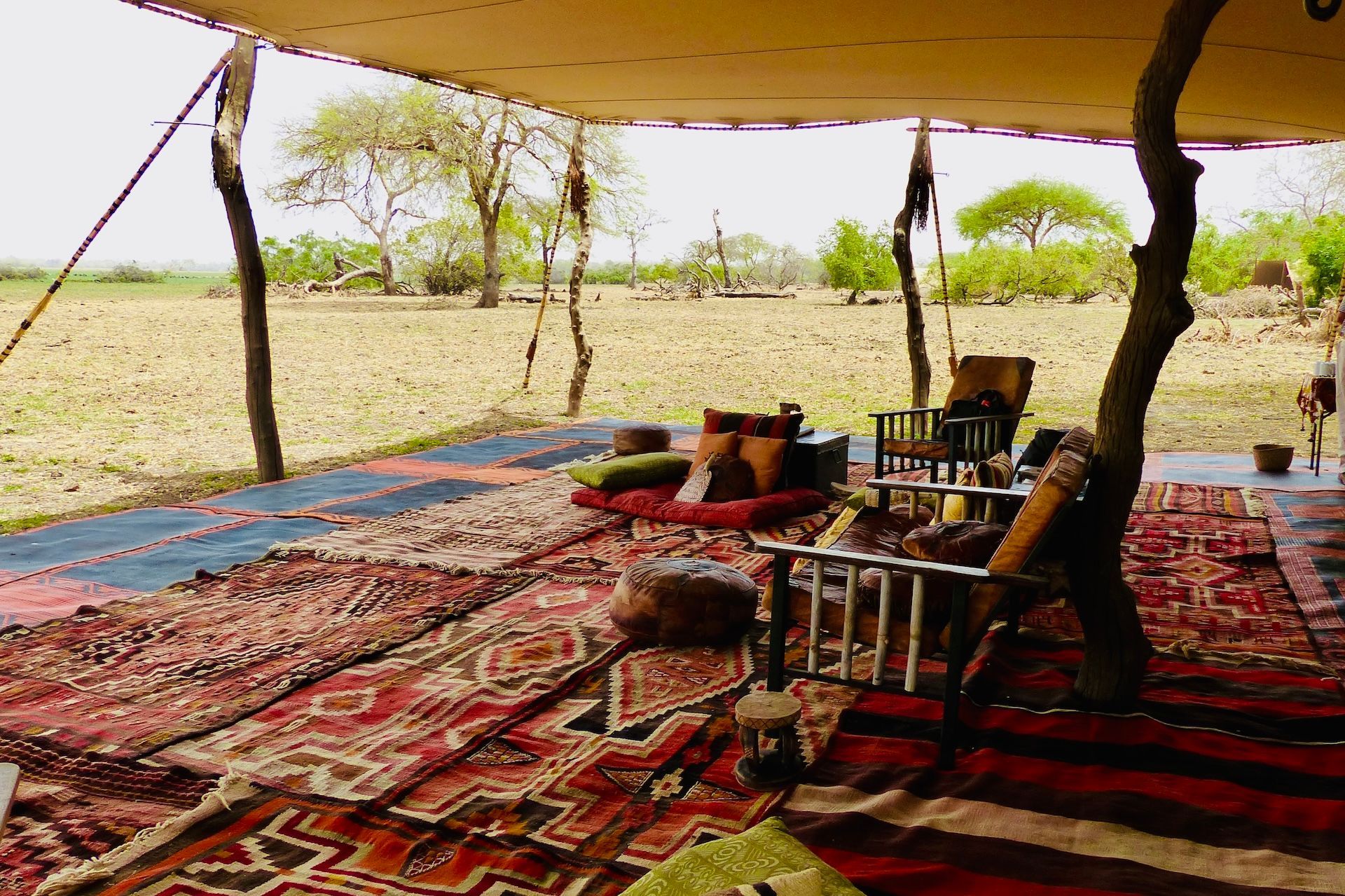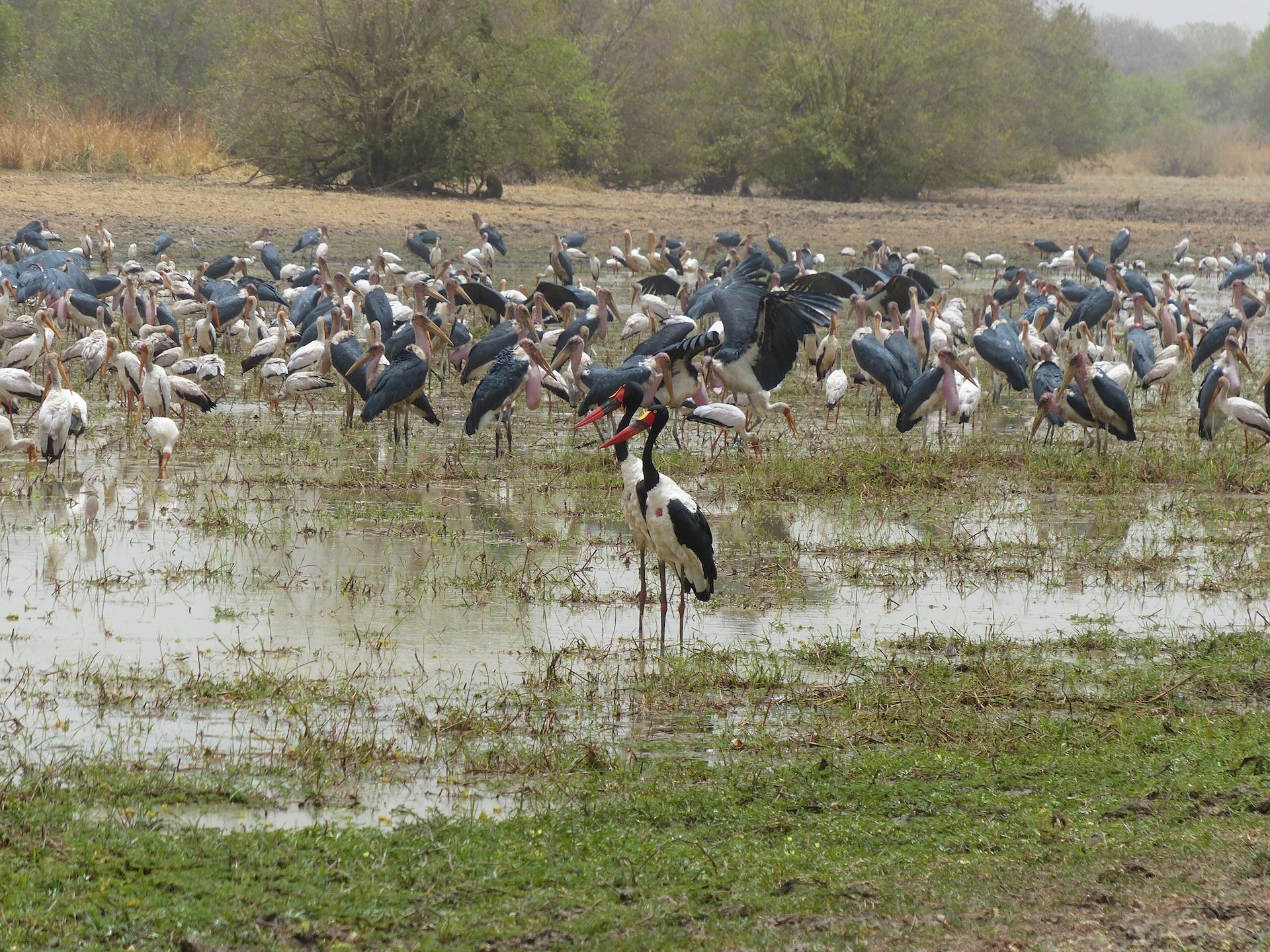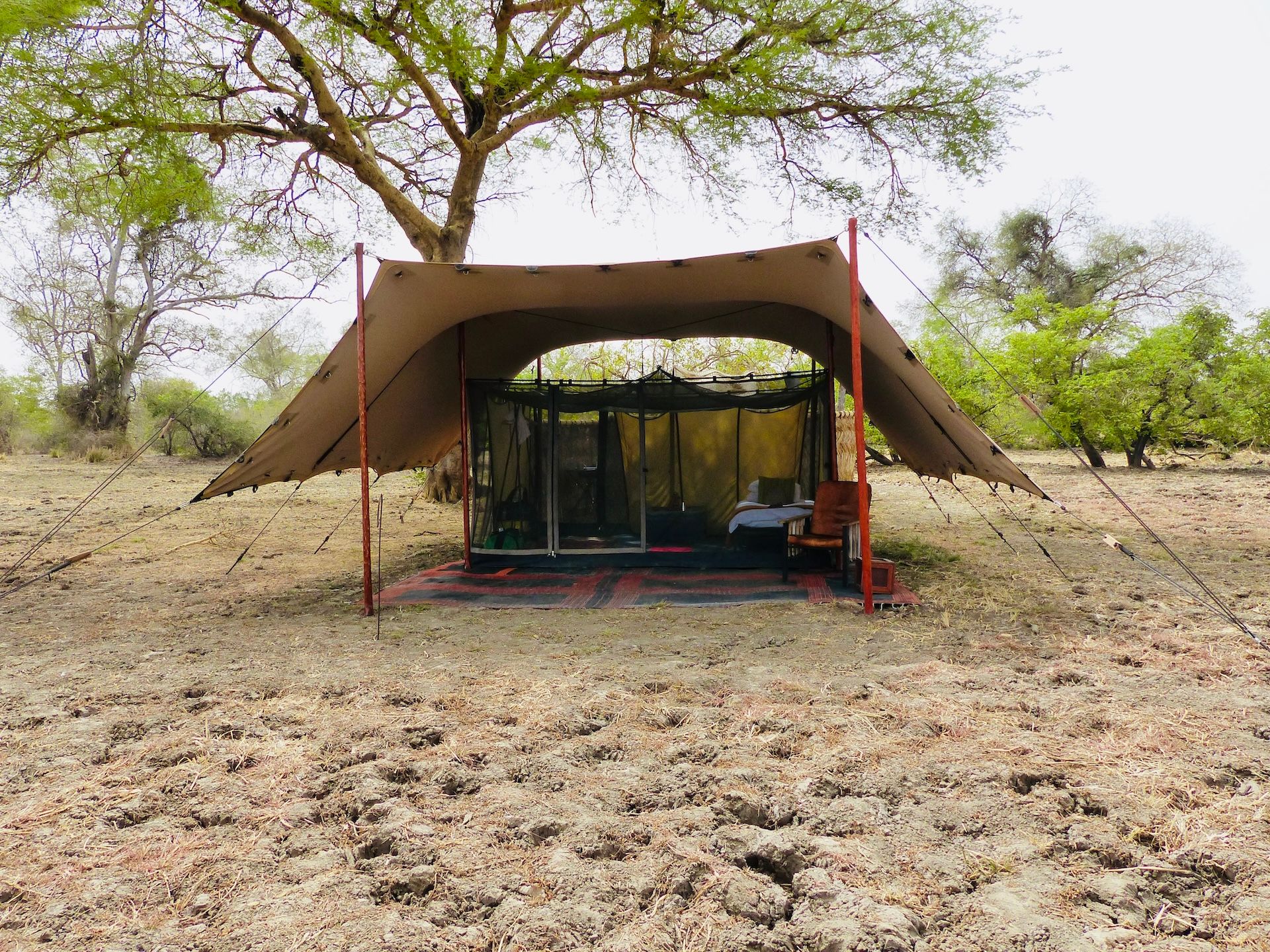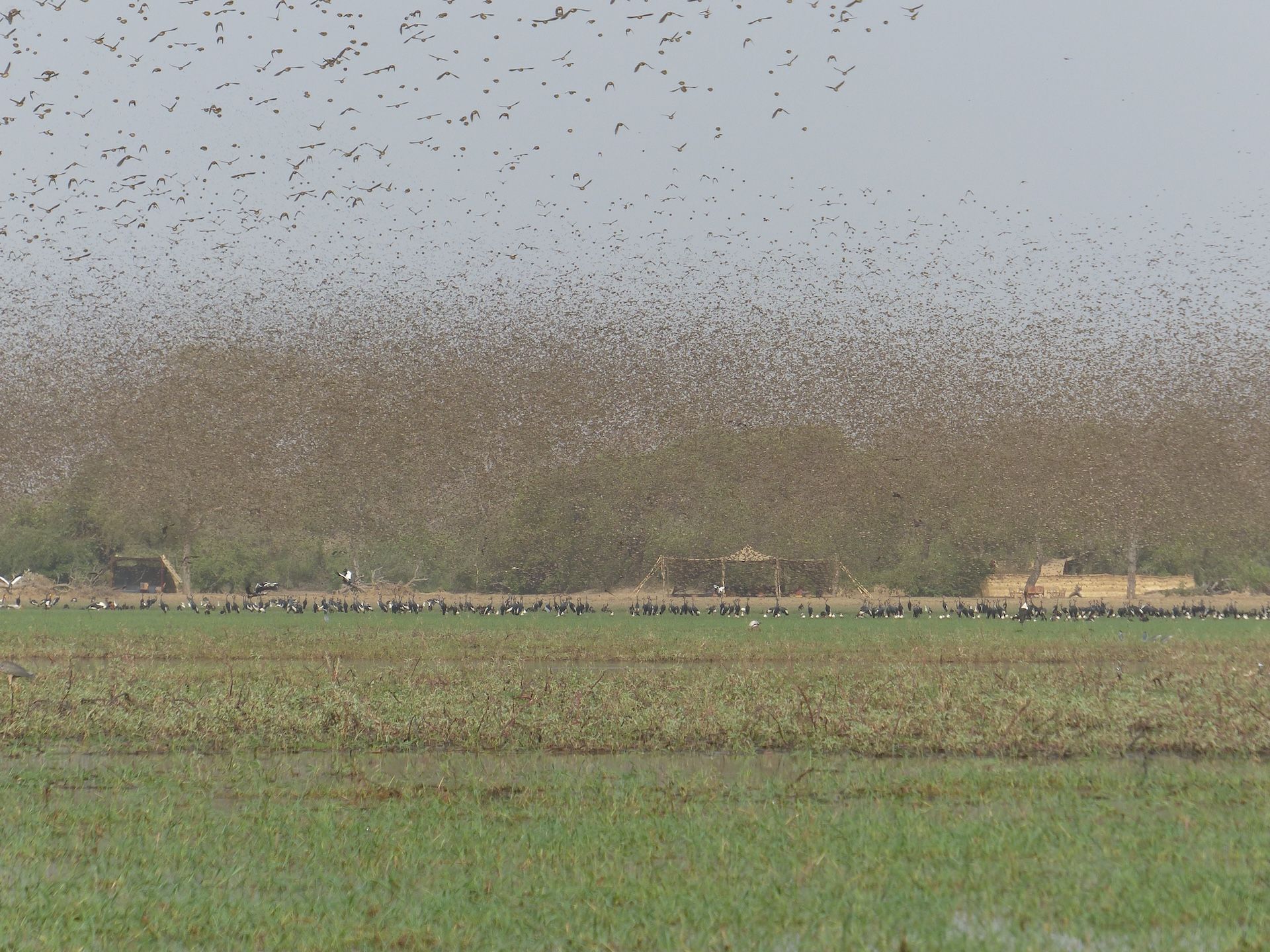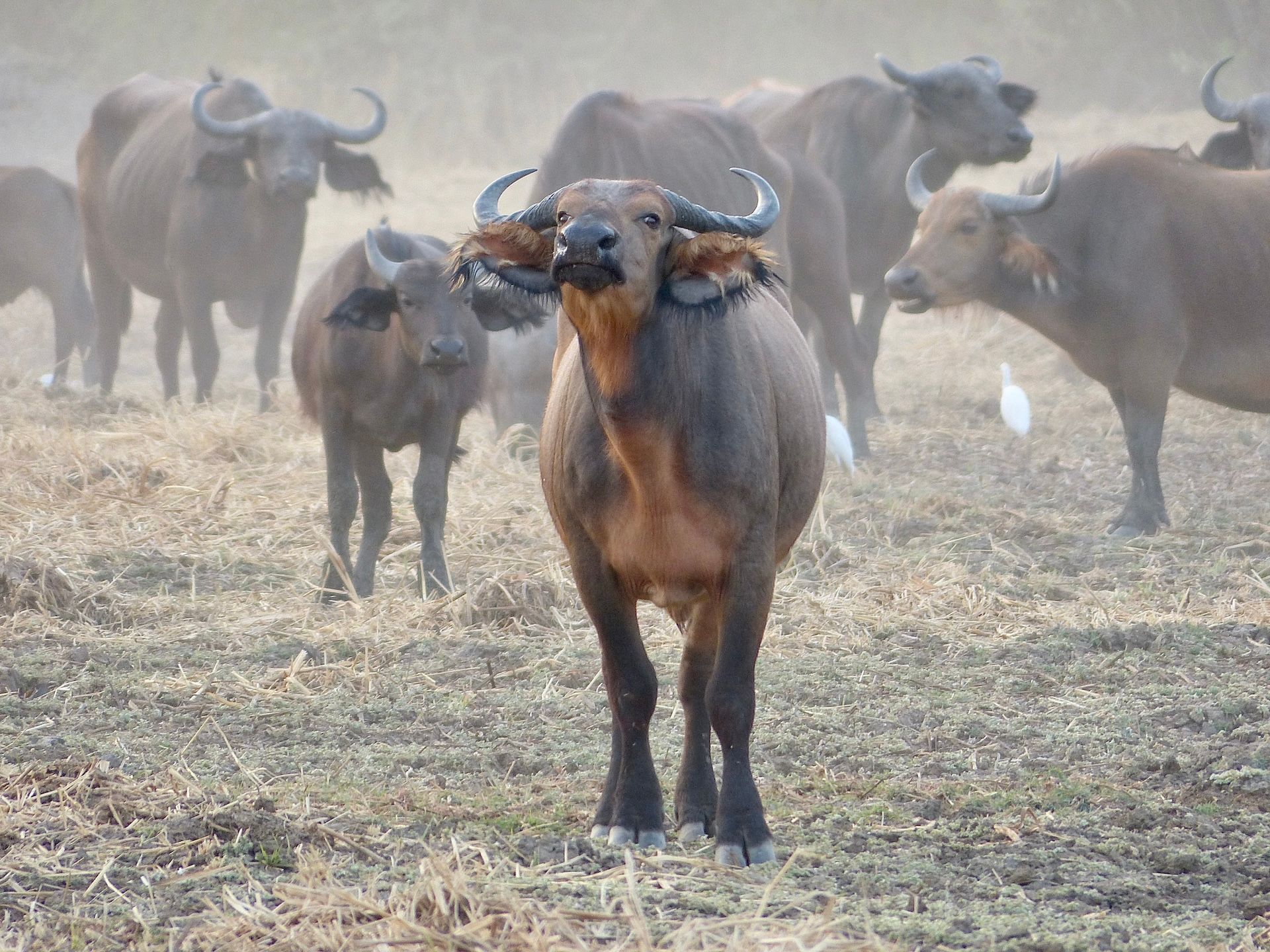REWILDING AFRICA, ONE PARK AT A TIME...
Conservation success stories to be proud of
Africa is renowned for its breathtaking landscapes and extraordinary wildlife, but in recent decades, the challenges of habitat loss, poaching, and climate change have cast a shadow over its natural heritage. Despite these obstacles, a wave of conservation success stories is reshaping the narrative and showing the best side of our fabulous continent. From the savannahs of Rwanda to the arid Karoo of South Africa, a remarkable rewilding movement is breathing life back into ecosystems and restoring balance to some of Africa's most treasured national parks and reserves. Let's have a look at some of them...
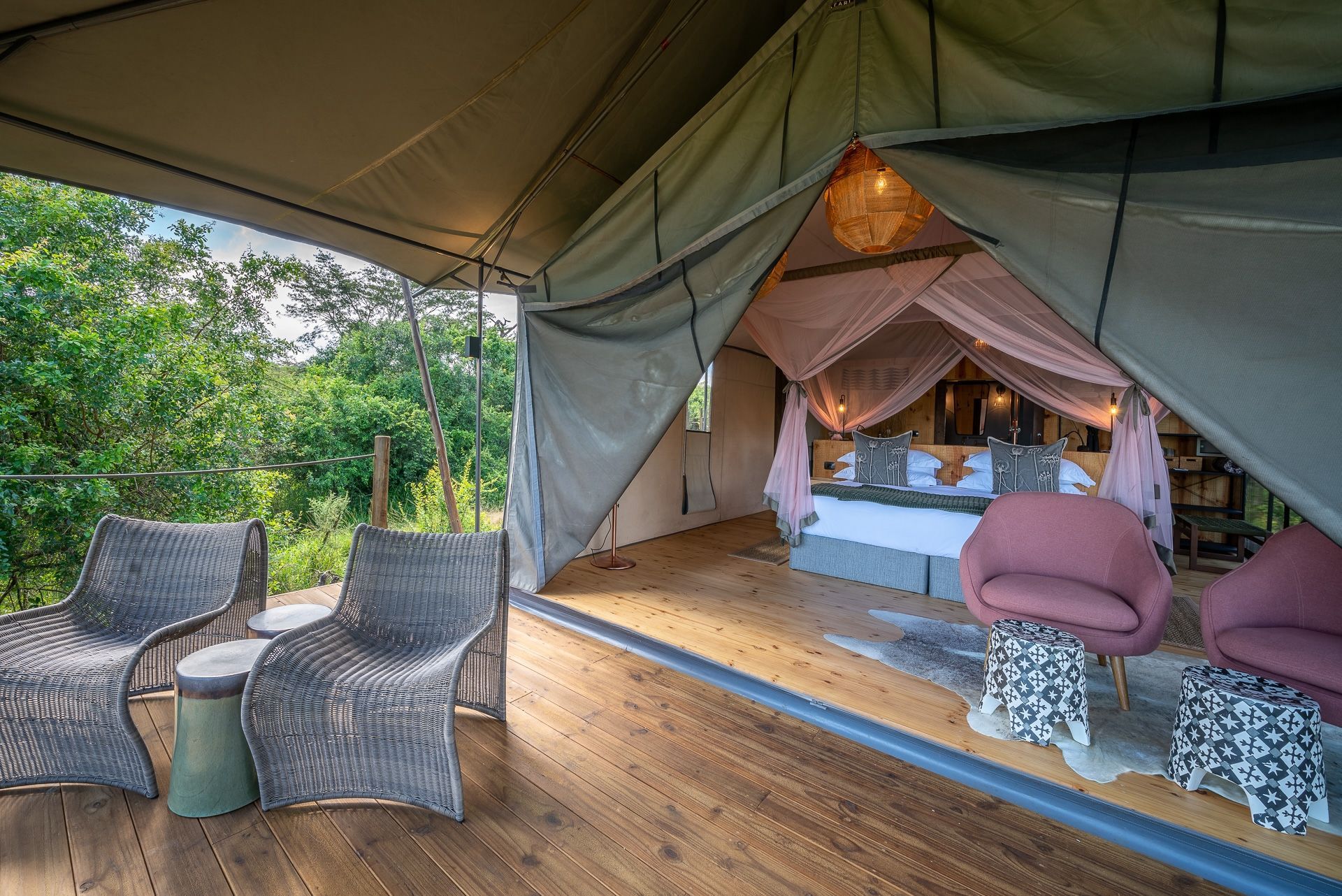
Slide title
Write your caption hereButton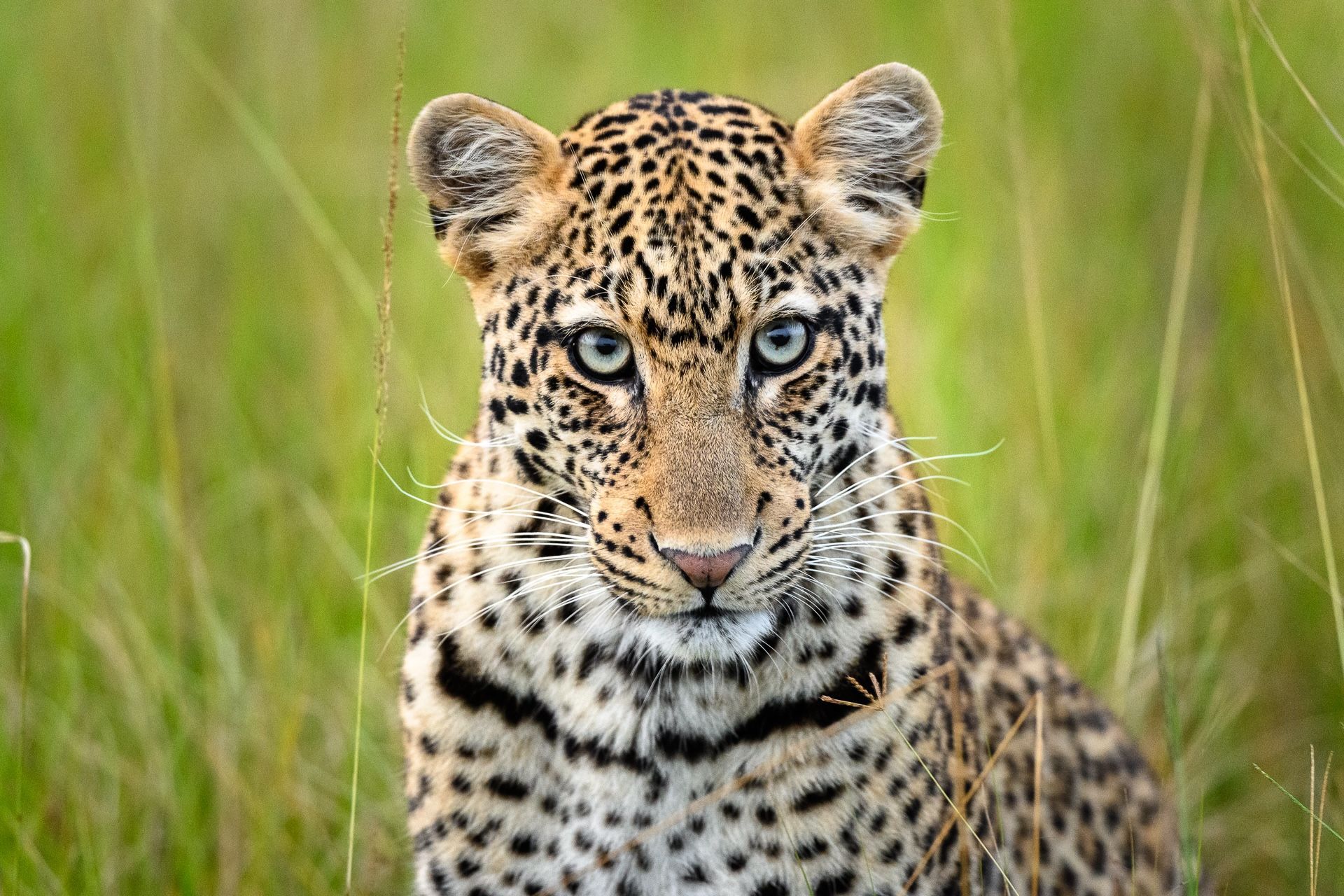
Slide title
Write your caption hereButton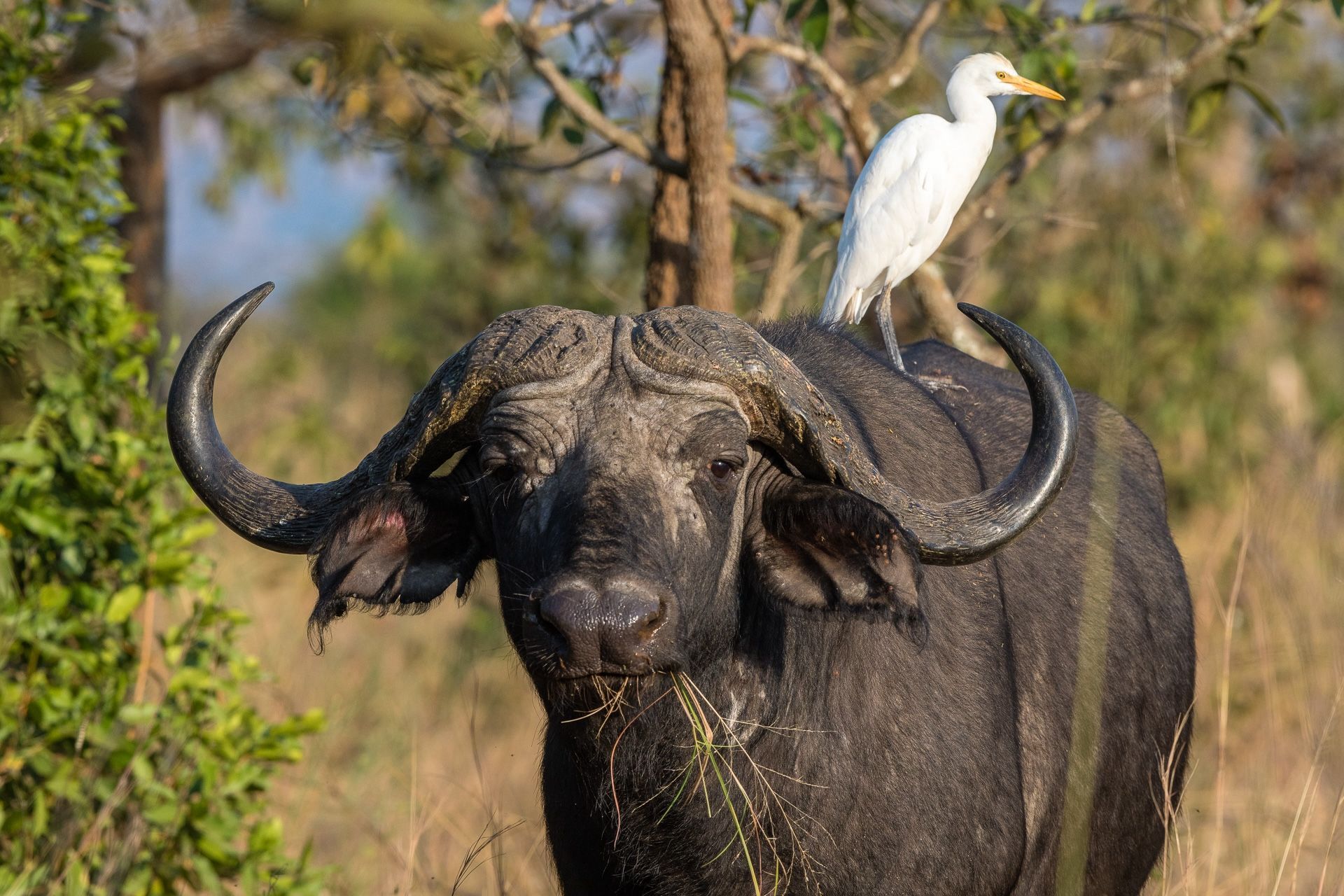
Slide title
Write your caption hereButton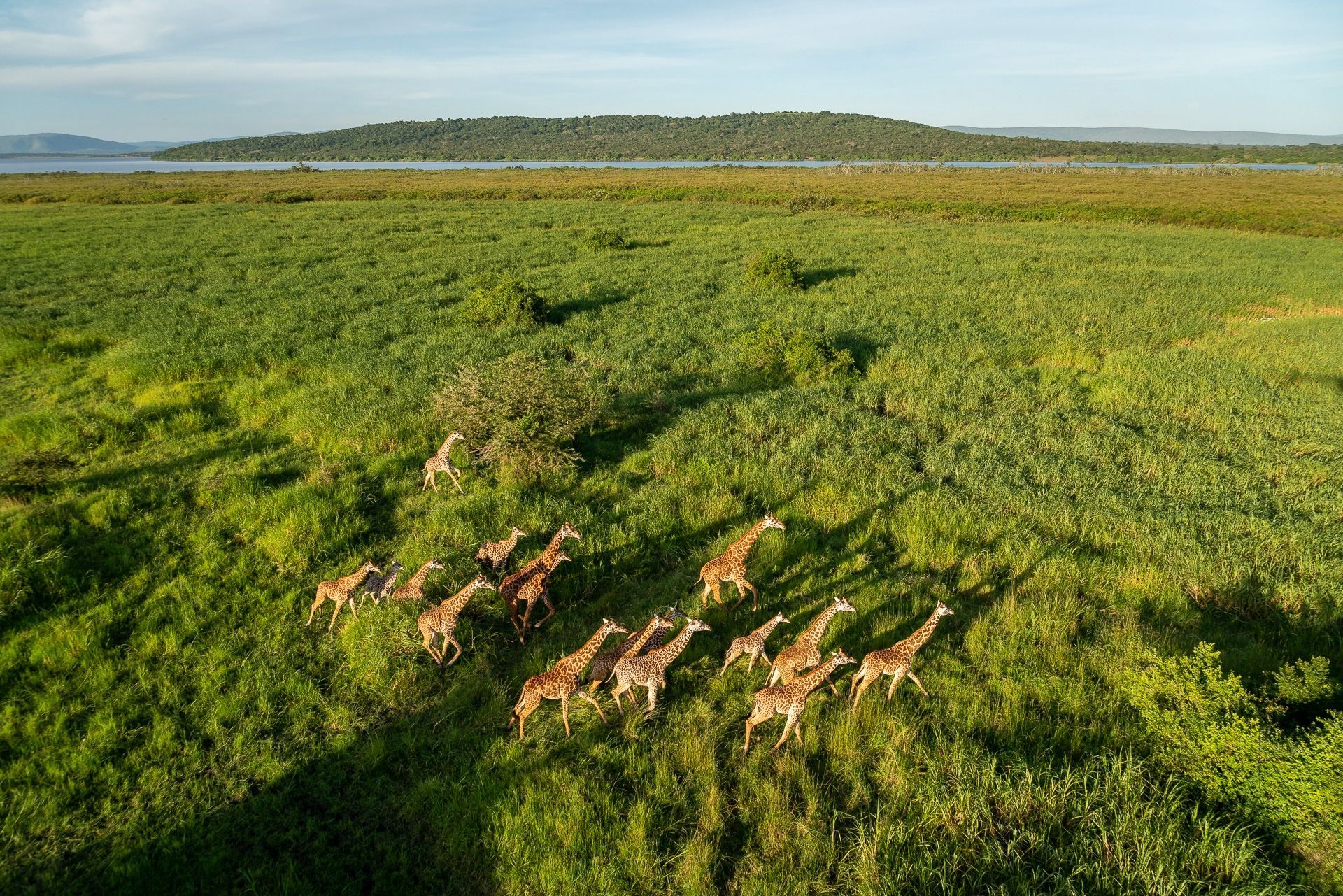
Slide title
Write your caption hereButton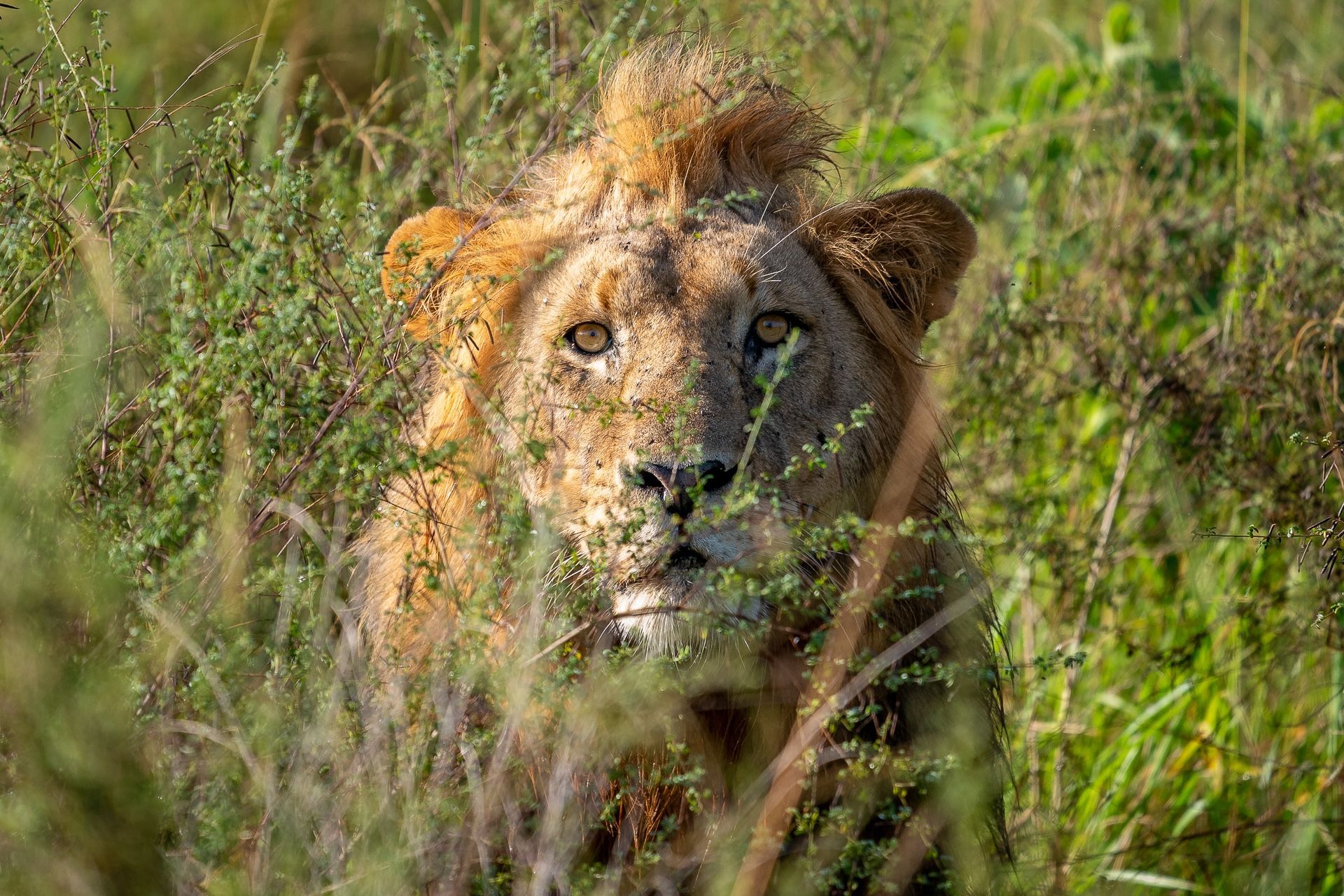
Slide title
Write your caption hereButton
Akagera National Park, Rwanda
Once decimated by poaching and agricultural encroachment, Akagera National Park now exemplifies how change for the better can be achieved through co-operation and commitment. Through a partnership between the Rwandan government and African Parks, Akagera has undergone a dramatic transformation.
With some of the most scenic savannah in East Africa, Akagera's open plains, woodlands, lakes, swamp and grassy low mountains are teeming with plains game and are home to one of Africa’s highest hippo densities, large crocodiles, as well as the rare sitatunga. It's also home to an impressive 520 species of birds, including the iconic shoebill stork.
Lions were reintroduced in 2015 after a 20-year absence, followed by black rhinos in 2017, completing the park’s “Big Five” ensemble. Today, the park's thriving wildlife populations drive surging tourism revenue, making Akagera a self-sustaining conservation model and a key player in Rwanda’s ecotourism industry.
Where to stay: Wilderness Magashi in the north-eastern corner of Akagera National Park, overlooking scenic Lake Rwanyakazinga.
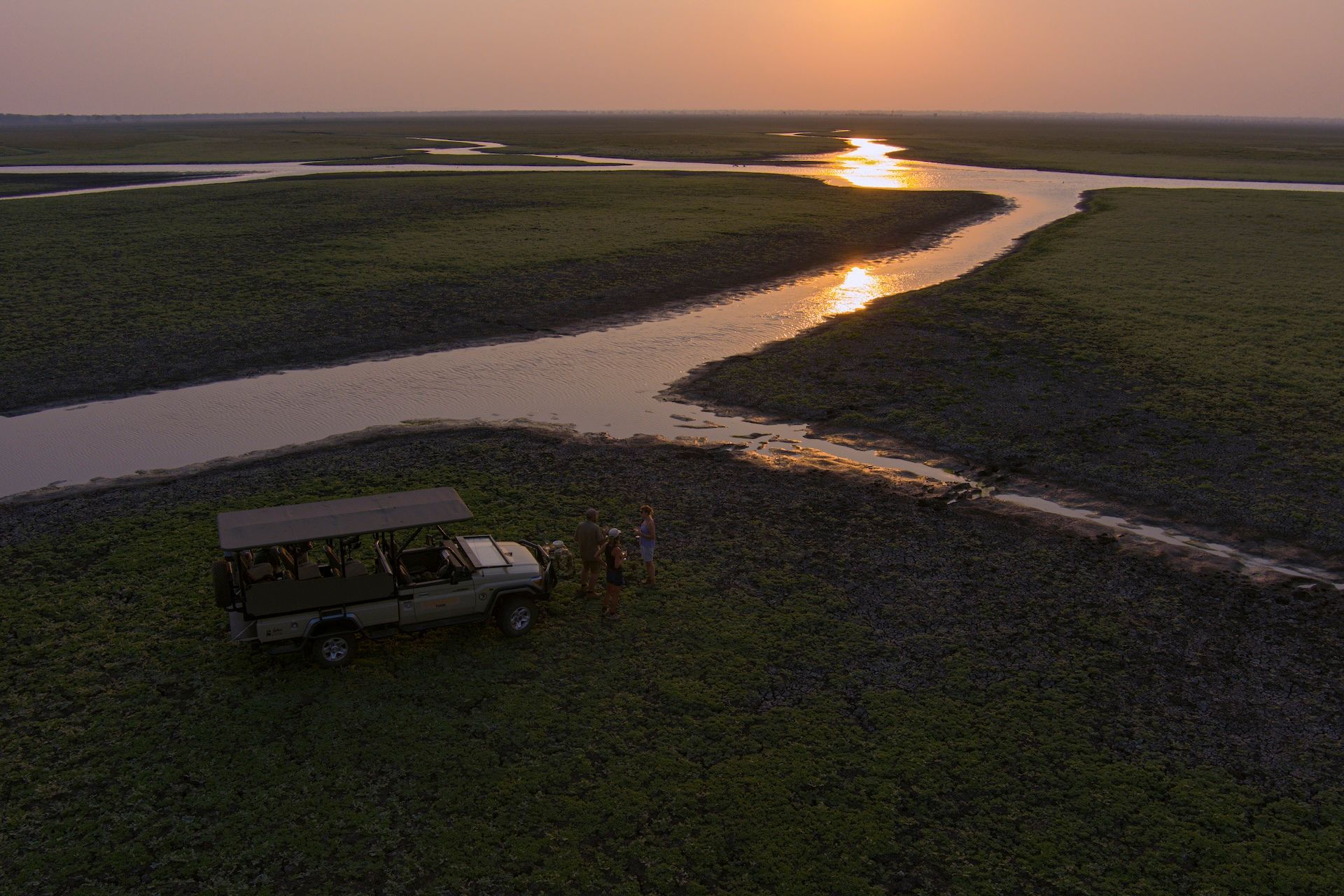
Slide title
Write your caption hereButton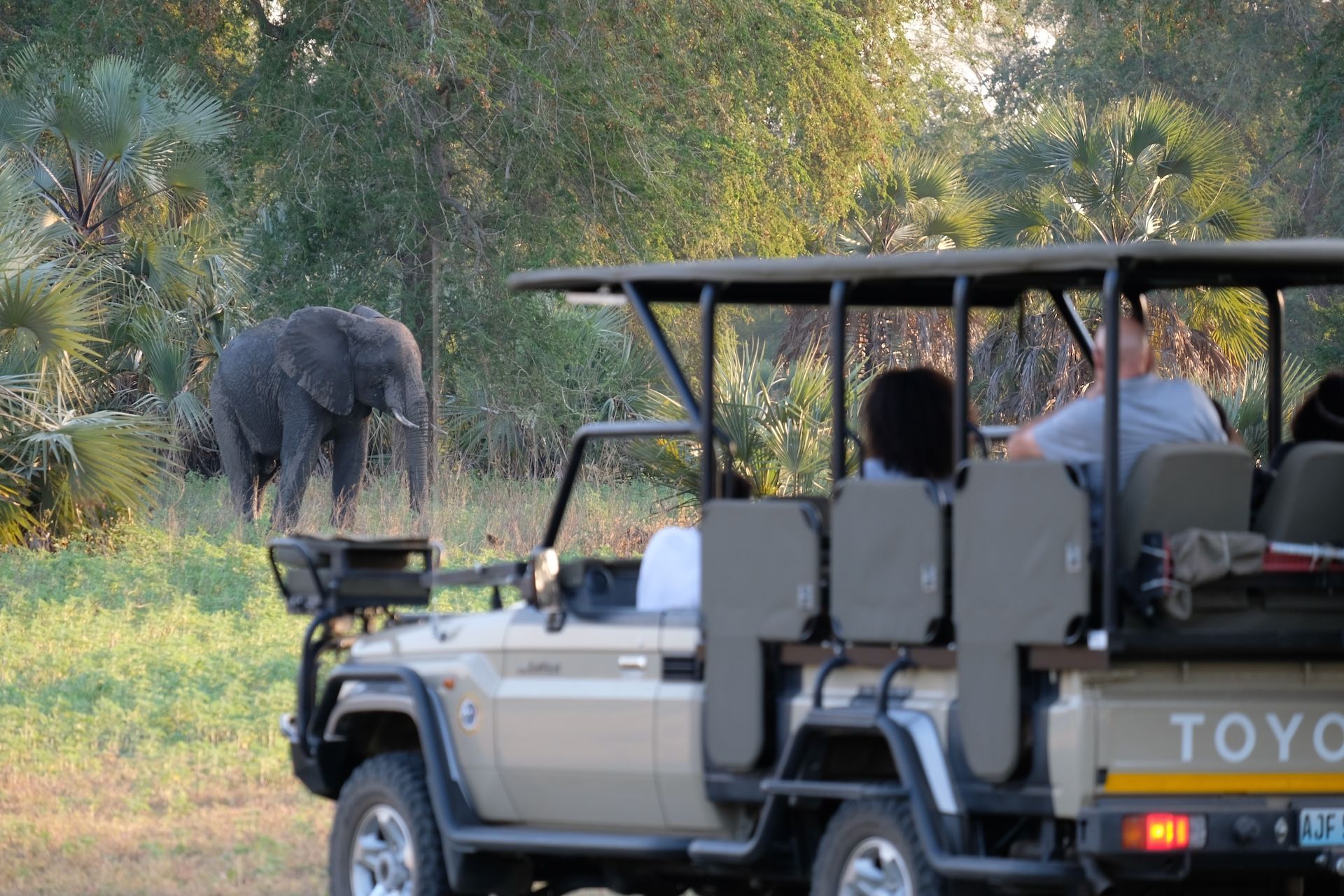
Slide title
Write your caption hereButton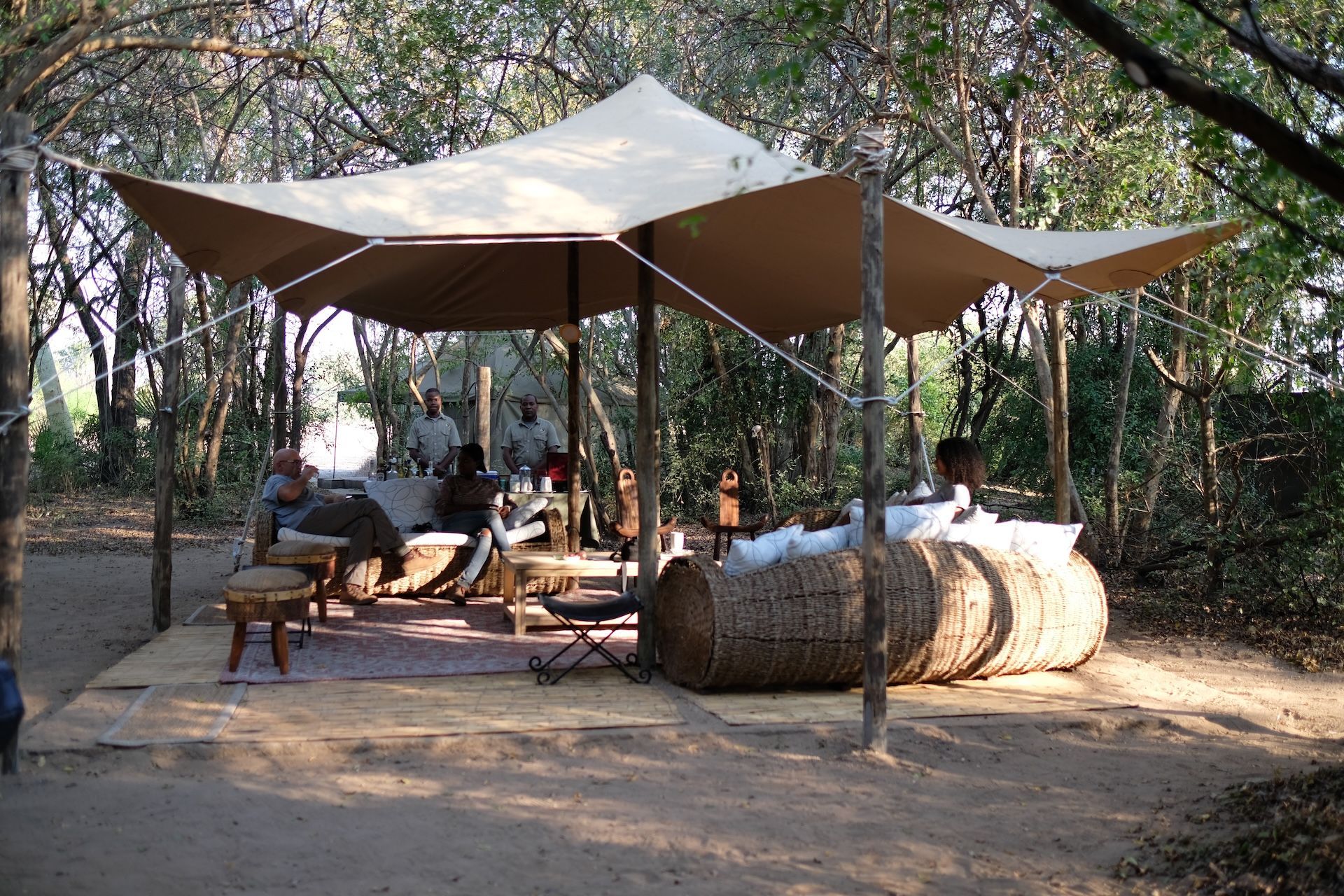
Slide title
Write your caption hereButton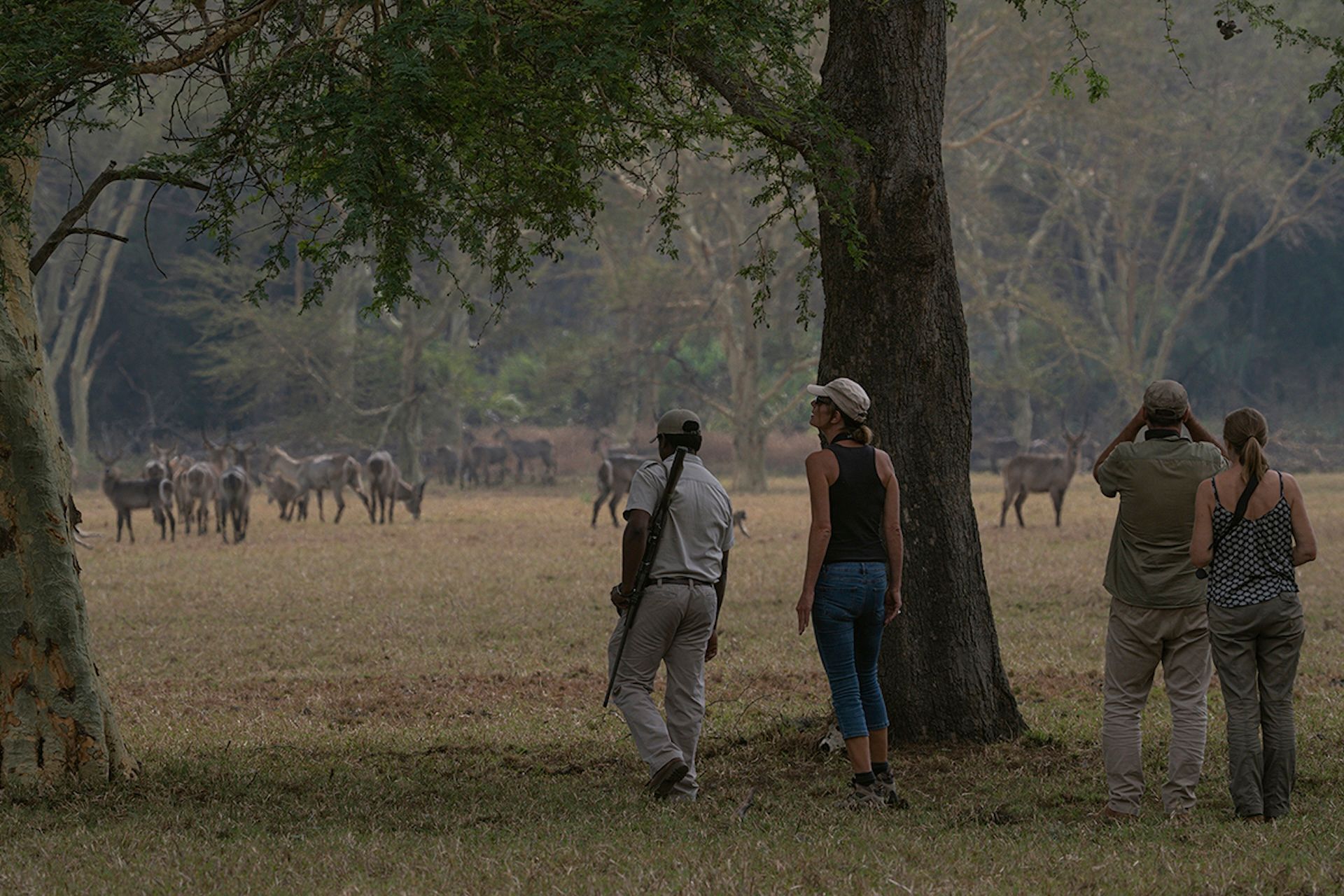
Slide title
Write your caption hereButton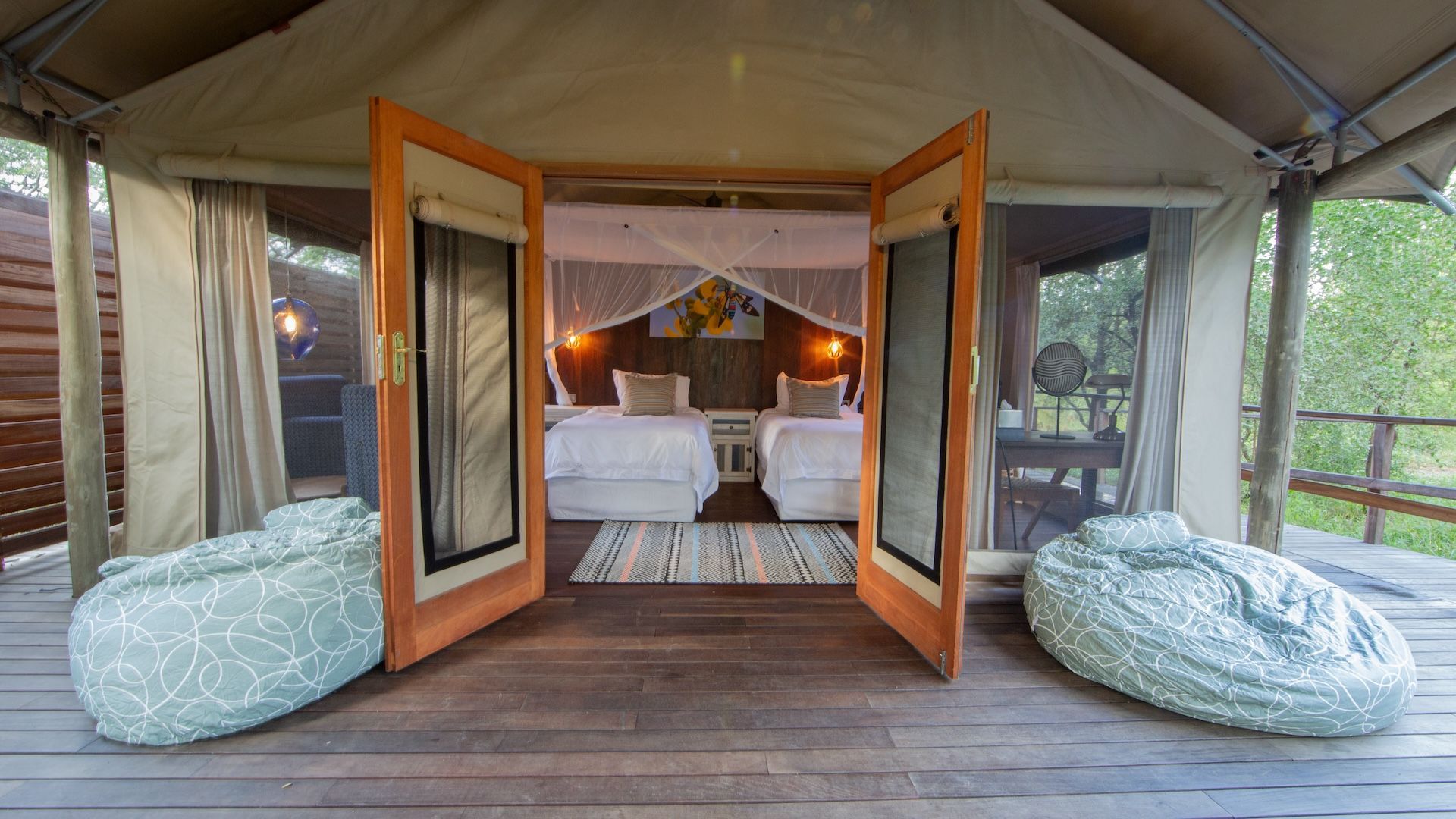
Slide title
Write your caption hereButton
Slide title
Write your caption hereButton
Gorongosa National Park, Mozambique
Dubbed one of the world’s most ambitious conservation projects, Gorongosa National Park has rebounded from the devastation of Mozambique’s civil war. The park’s rewilding efforts, led by the Gorongosa Project, have reintroduced keystone species such as wild dogs, cheetahs, and leopards.
Its elephant population, once heavily impacted by ivory poaching, is steadily increasing. Beyond wildlife, Gorongosa’s holistic approach addresses human-wildlife conflict by investing in local communities through education, healthcare, and agricultural support. This integration of conservation and community development has made Gorongosa a beacon of hope for the coexistence of humans and nature.
Where to stay: Gorongosa Wild Camp for an authentic bush camp experience or Muzimu Lodge, a luxury exclusive tented camp on the banks of the Muzikadzi River.
Slide title
Write your caption hereButtonSlide title
Write your caption hereButtonSlide title
Write your caption hereButtonSlide title
Write your caption hereButton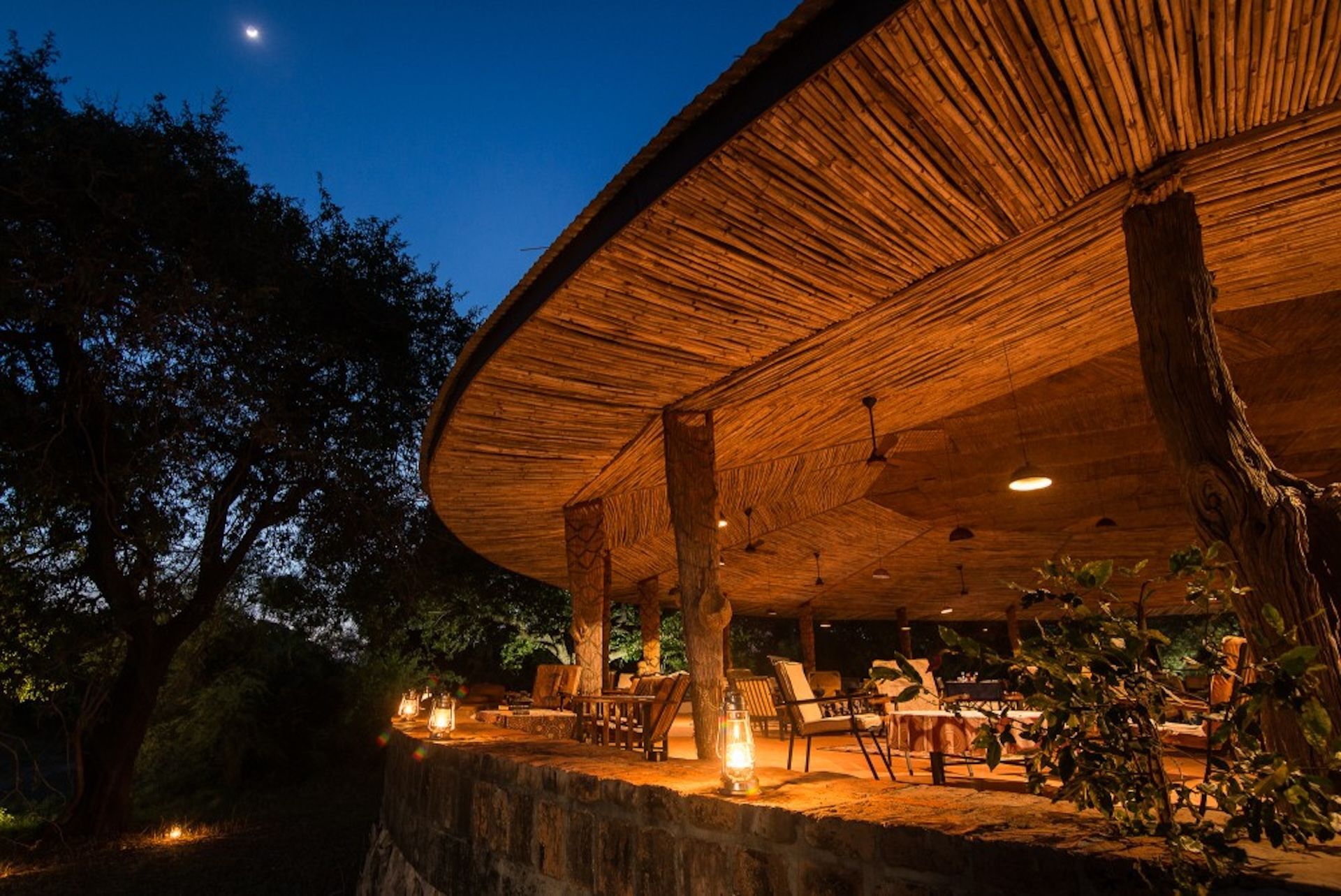
Slide title
Write your caption hereButtonSlide title
Write your caption hereButton
Zakouma National Park, Chad
Zakouma National Park is a testament to the transformative power of anti-poaching initiatives. African Parks took over management in 2010, implementing robust security measures that drastically reduced poaching. As a result, Zakouma's elephant population, which had been on the brink of collapse, has rebounded from fewer than 450 individuals to over 600 today.
The park is also home to large herds of buffalo, Kordofan giraffes, and over 370 bird species, including the endangered black-breasted barbet. Zakouma’s success has revitalised tourism in Chad, drawing adventurous travellers eager to experience its wild and untamed landscapes.
Where to stay: Tinga Camp - a permanent lodge with comfortable chalets and communal areas or Camp Nomade, a seasonal tented camp set up between December and April on the edge of the Riguek Pans where millions of quelea flock, with numbers peaking at the end of the season in March and April.
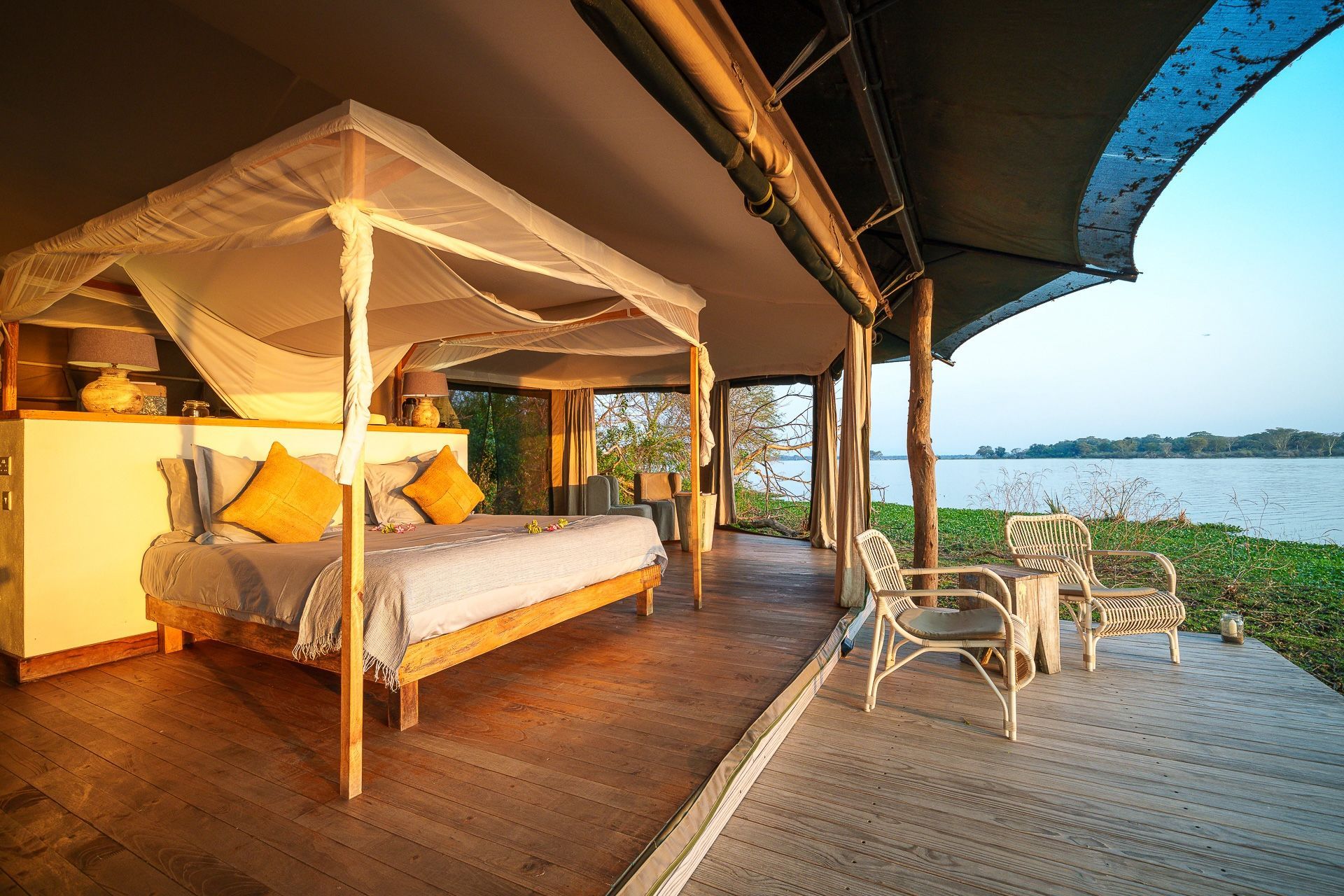
Slide title
Write your caption hereButton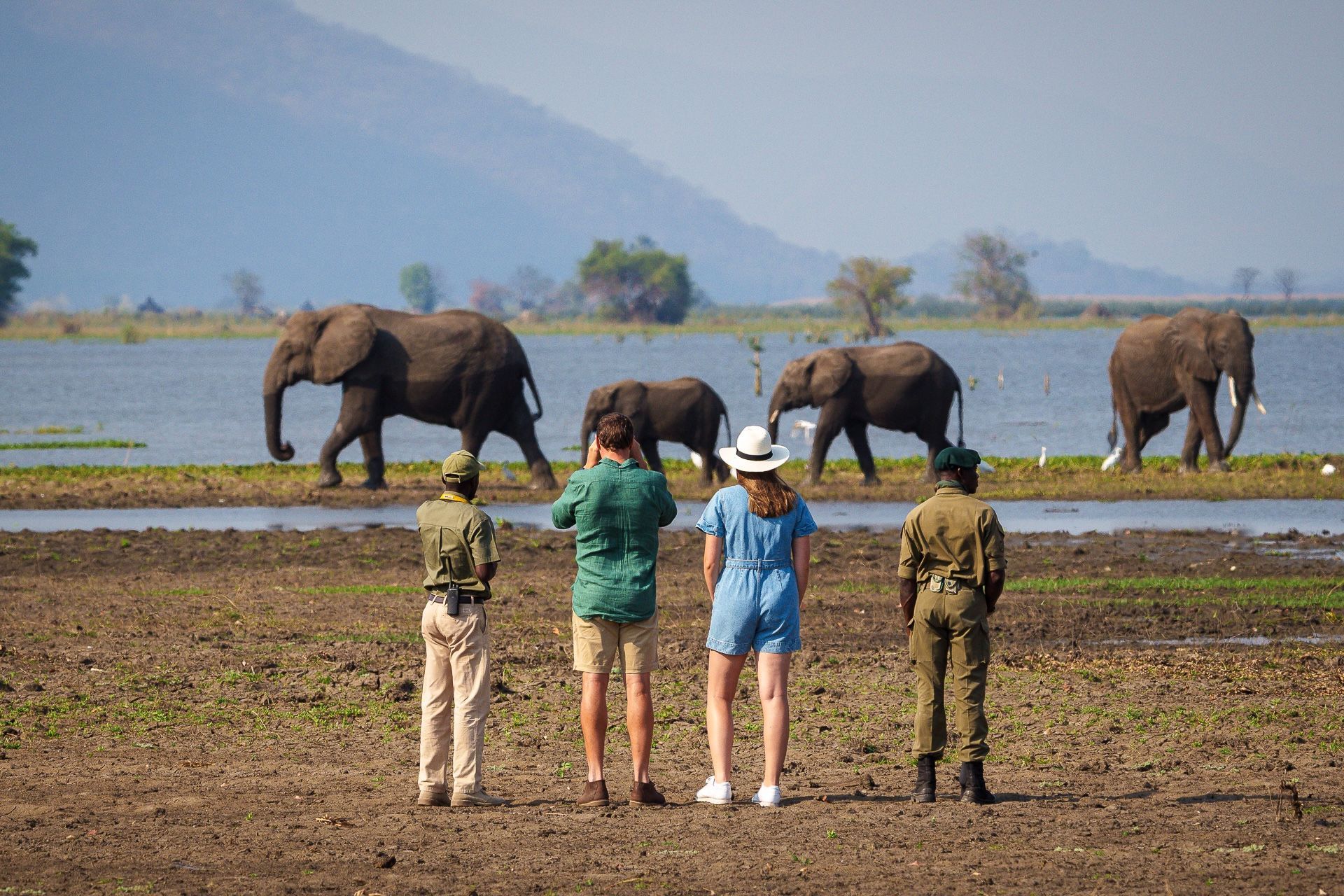
Slide title
Write your caption hereButton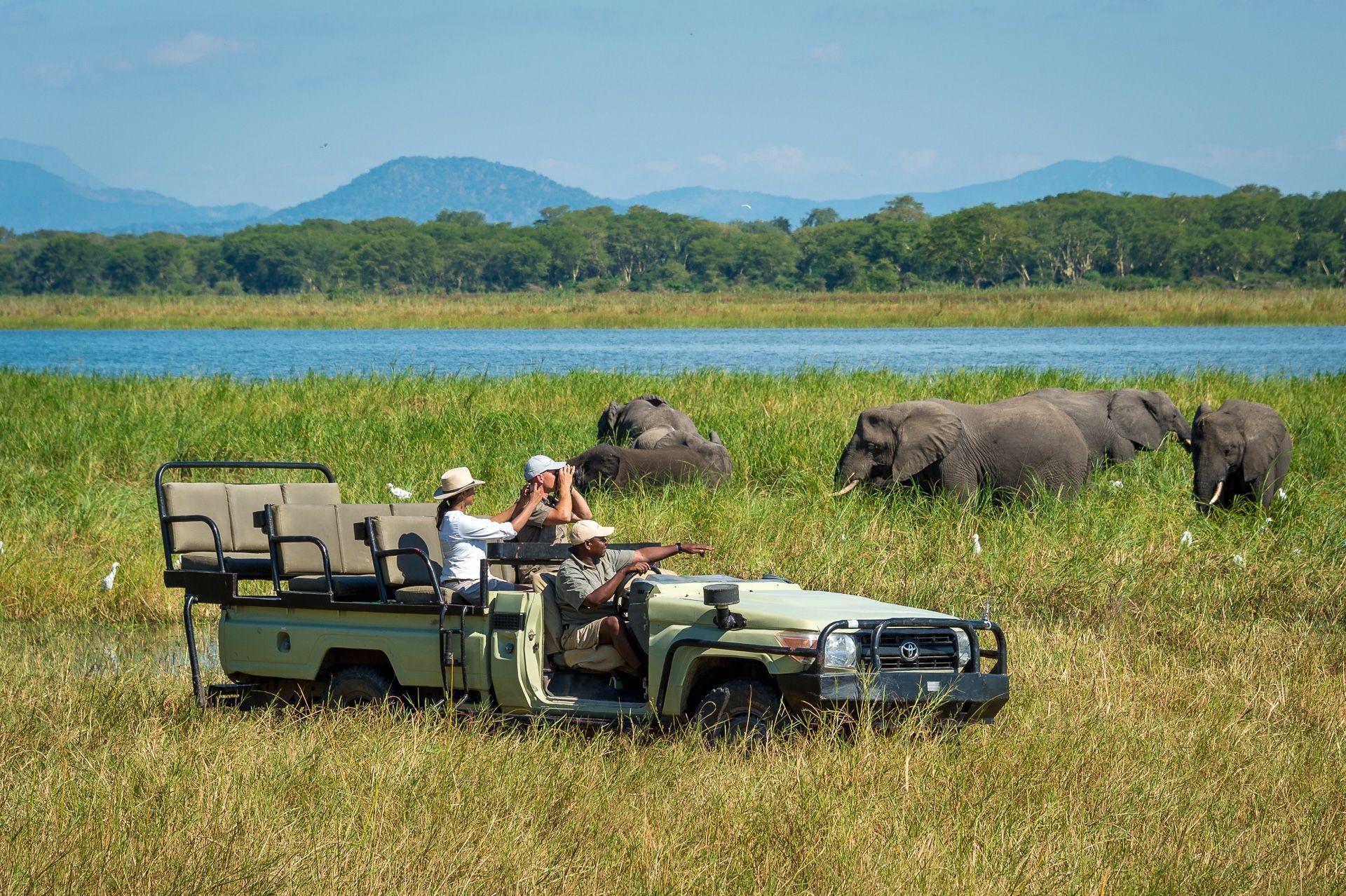
Slide title
Write your caption hereButton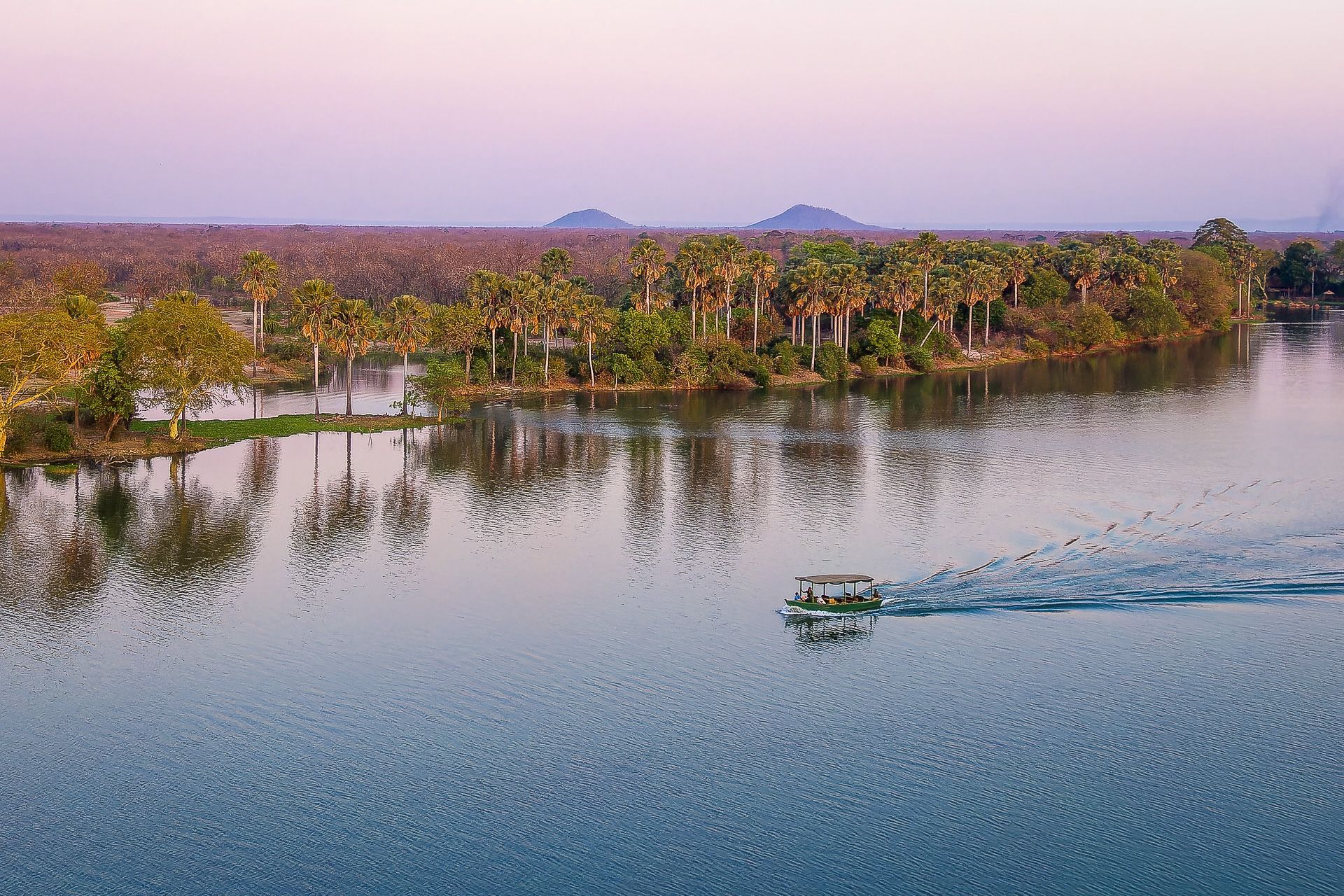
Slide title
Write your caption hereButton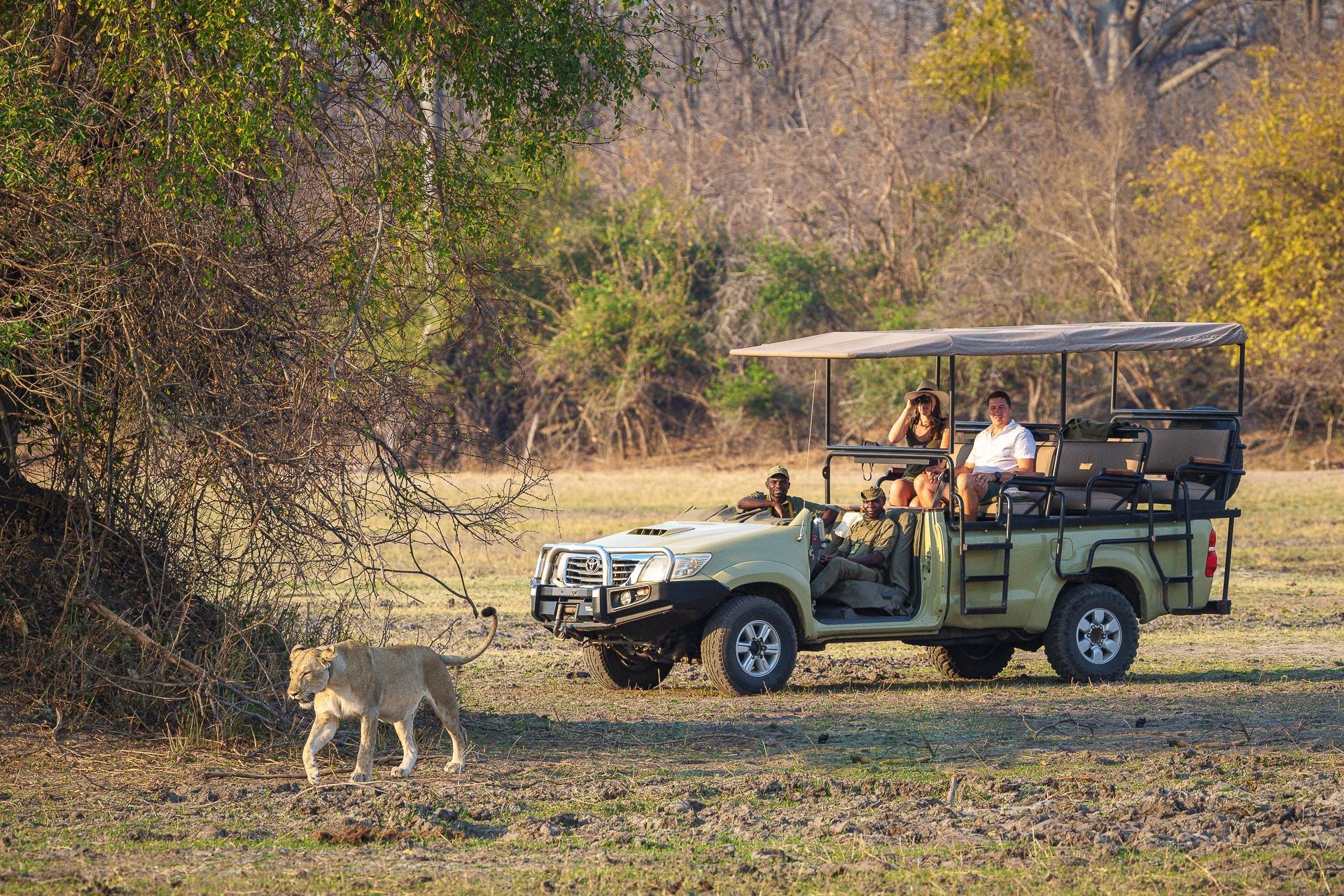
Slide title
Write your caption hereButton
Liwonde National Park, Malawi
Liwonde National Park, once plagued by poaching and human-wildlife conflict, has emerged as a conservation success story under the management of African Parks. In recent years, cheetahs, lions, and black rhinos have been reintroduced, restoring the park’s predator-prey dynamics. The Shire River, which winds through the park, supports a thriving population of hippos and crocodiles, while bird enthusiasts flock to see rare species like the Pel’s fishing owl and Böhm's bee-eater. Community engagement has been pivotal, with initiatives to reduce conflict and provide economic benefits through tourism. Liwonde is now celebrated as one of Malawi’s premier wildlife destinations.
Where to stay: Kuthengo Camp, located on a vast plain that stretches to the Shire River, offering a mix of game drives, boat-based safaris and walking.
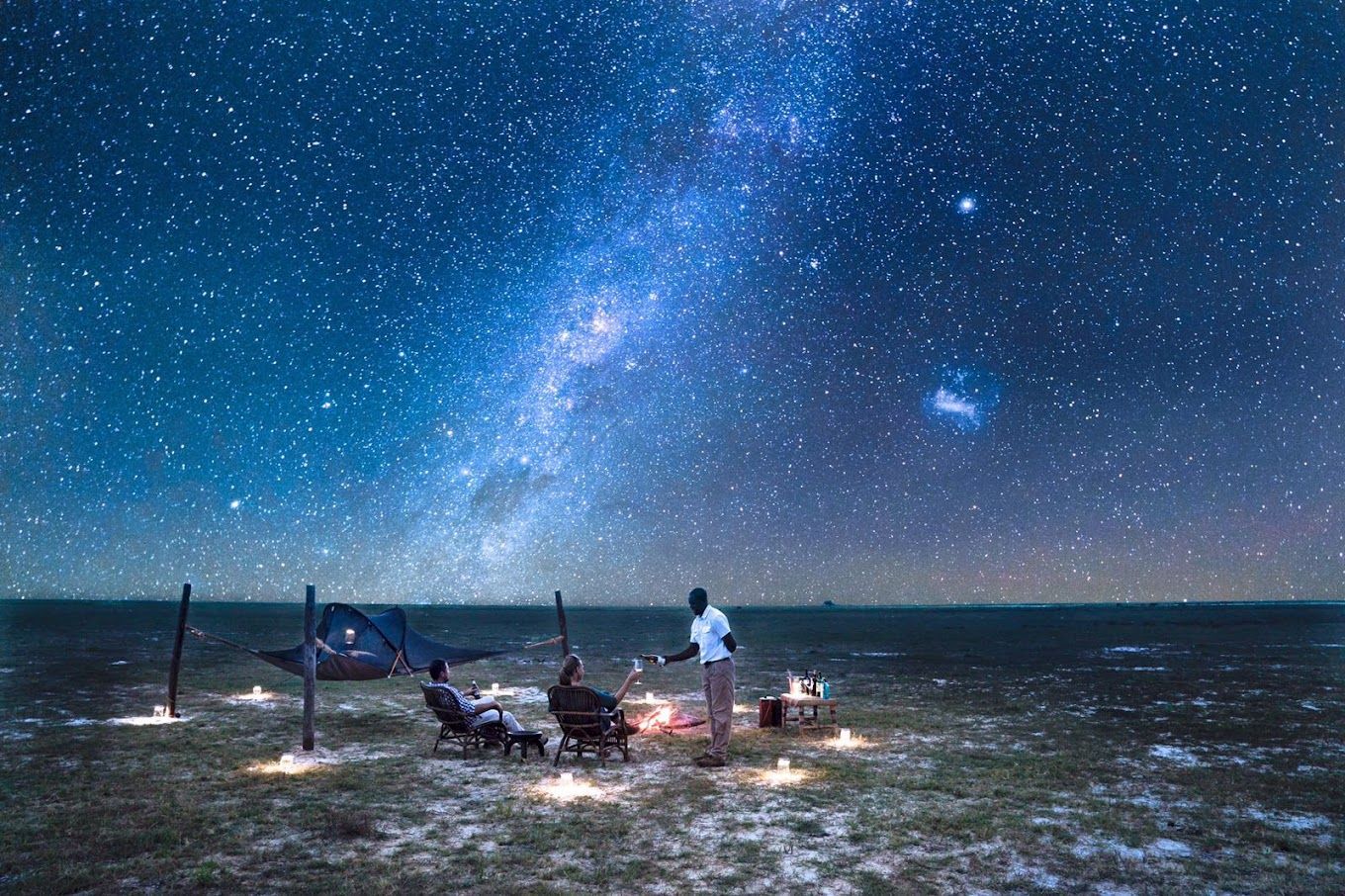
Slide title
Write your caption hereButton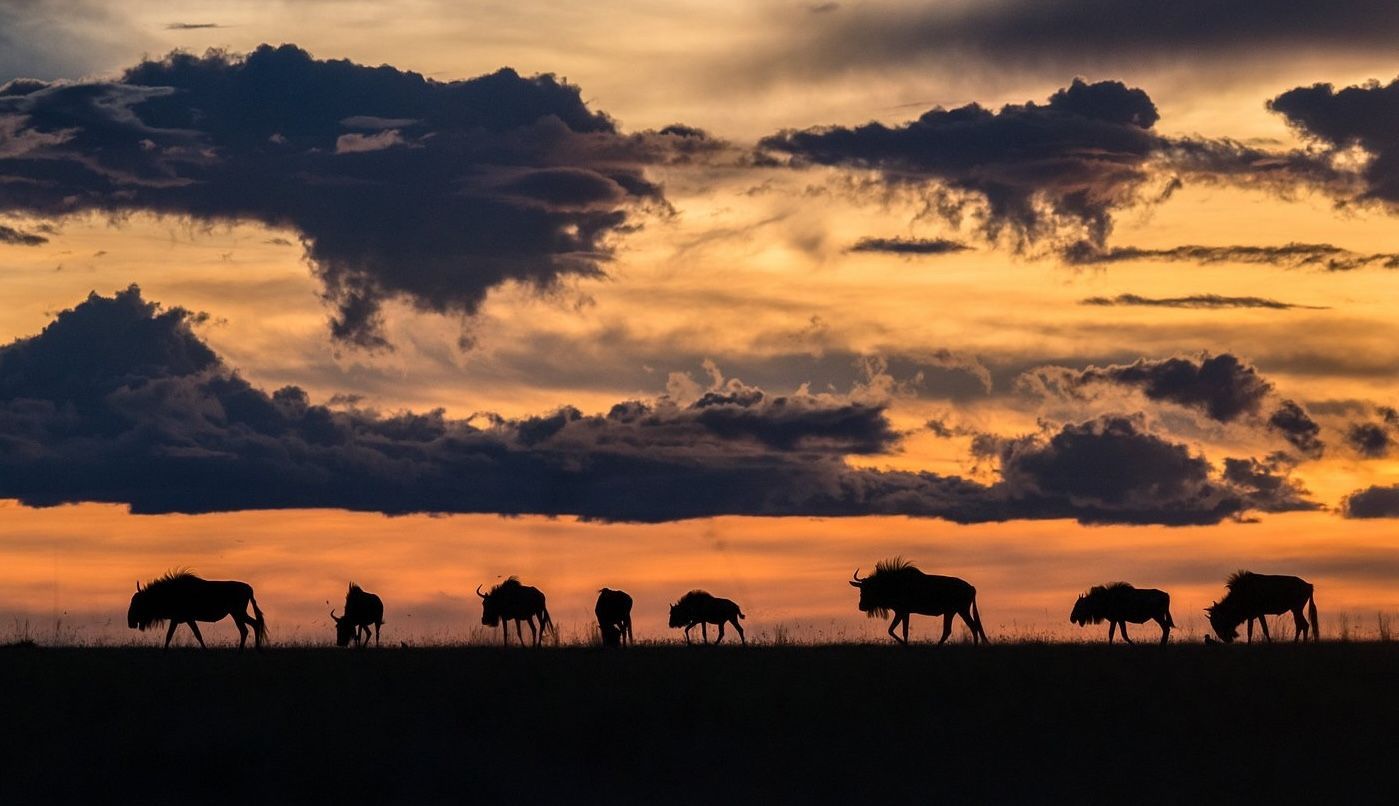
Slide title
Write your caption hereButton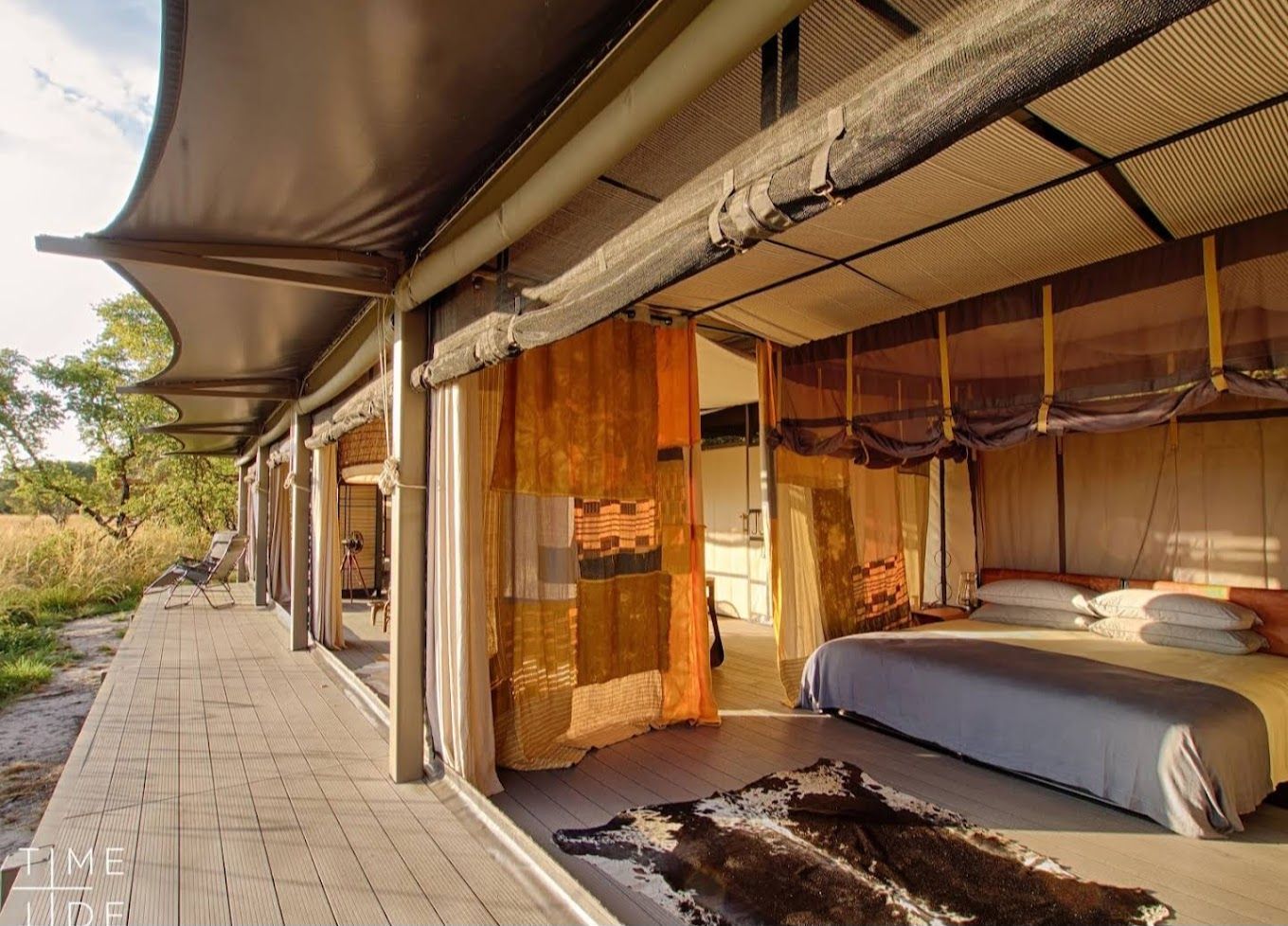
Slide title
Write your caption hereButton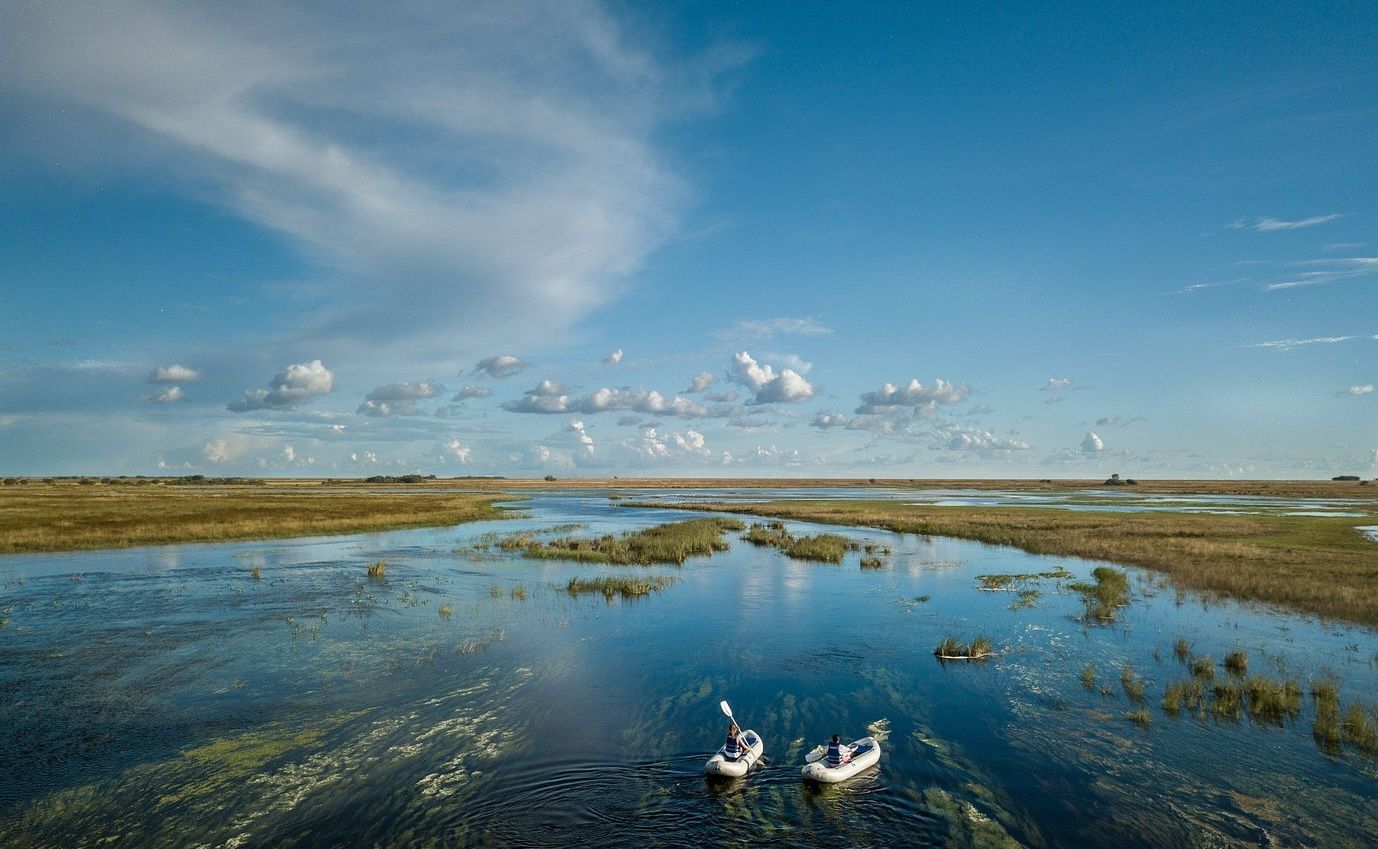
Slide title
Write your caption hereButton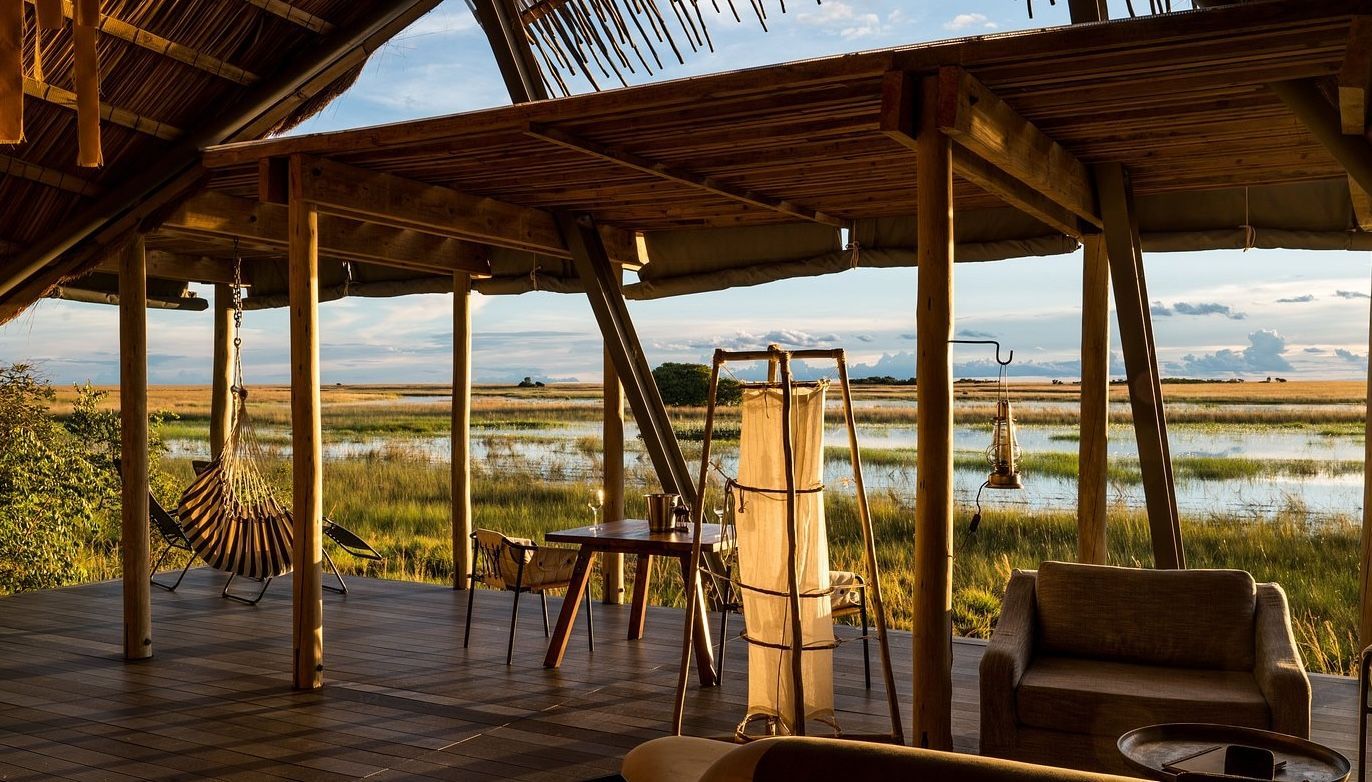
Slide title
Write your caption hereButton
Liuwa Plain National Park, Zambia
Tucked away in the remote floodplains of western Zambia, Liuwa Plain National Park is a hidden gem with a remarkable conservation story. Famous for its wildebeest migration, the park is home to Africa’s second-largest herds after the Serengeti-Mara ecosystem. Liuwa has also seen the reintroduction of lions and cheetahs, with predators like hyenas thriving in the grasslands. Community-driven conservation efforts have been crucial, with local people benefiting directly from the park’s growing ecotourism. Liuwa’s intact wilderness offers a glimpse of Africa as it once was, making it a must-visit for those seeking off-the-beaten-path adventures.
Where to stay: King Lewanika, located on the fringe of one of Liuwa’s magical pockets of woodlands, providing the perfect shaded vantage point overlooking the magnificent expanse of the plain.
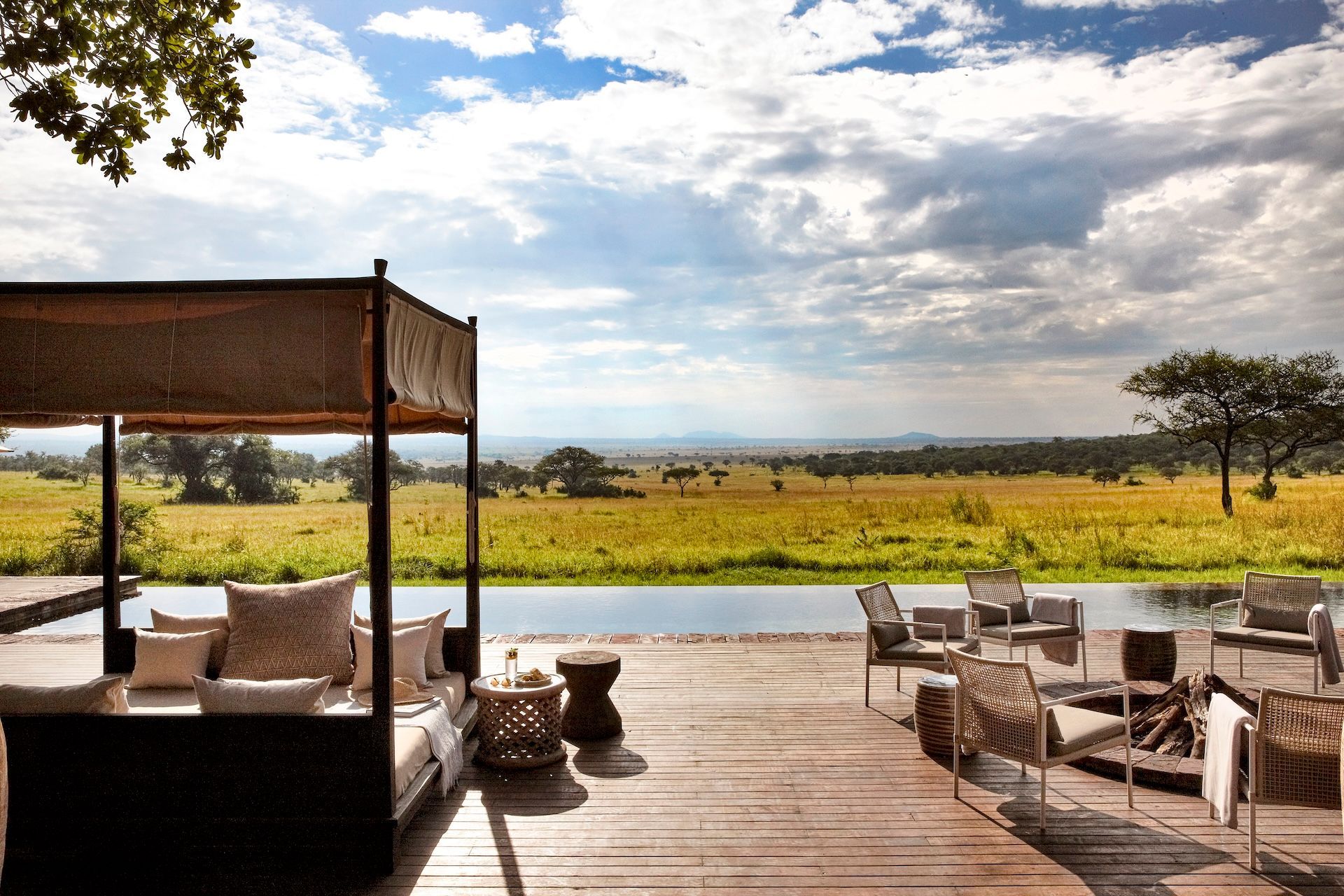
Slide title
Write your caption hereButton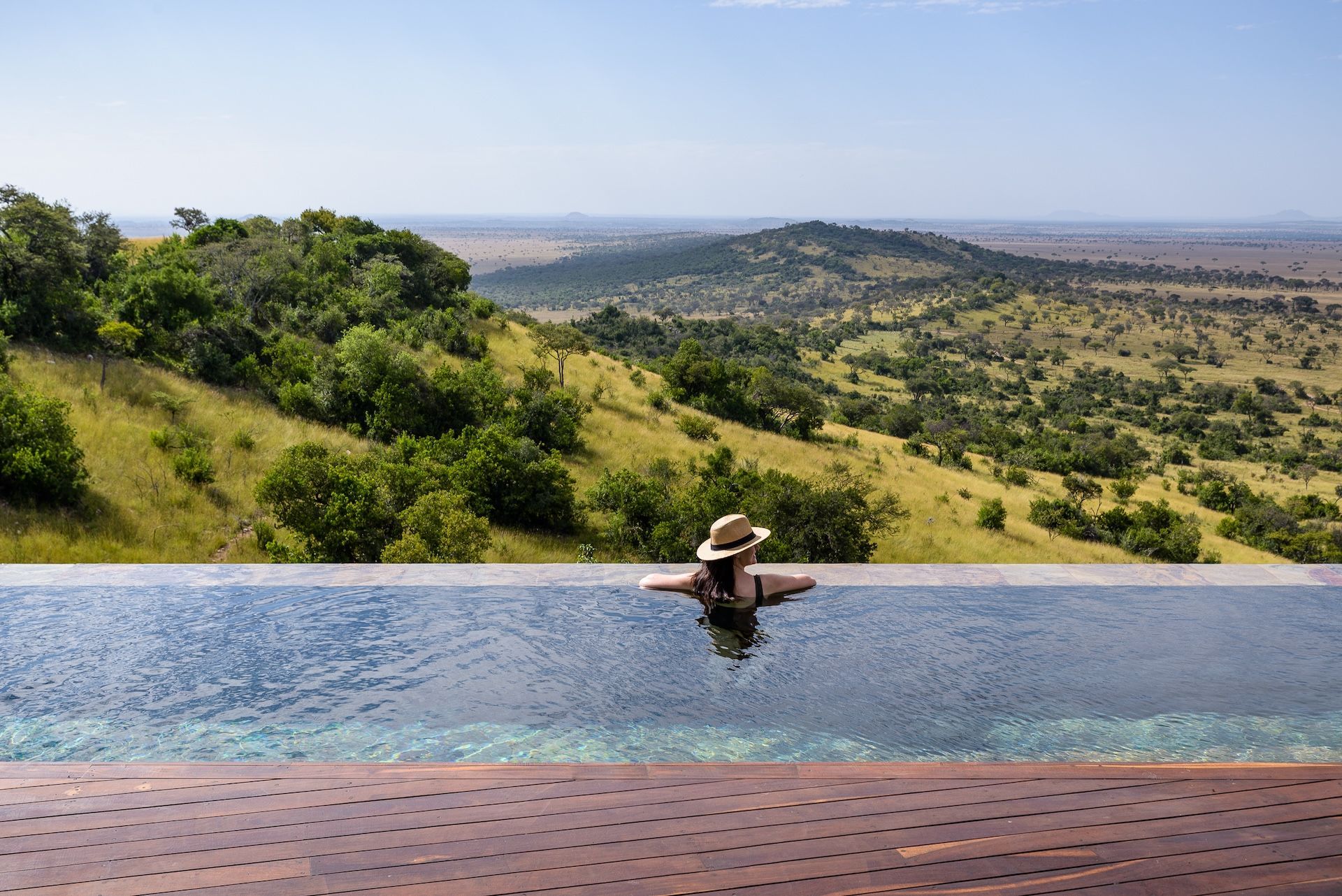
Slide title
Write your caption hereButton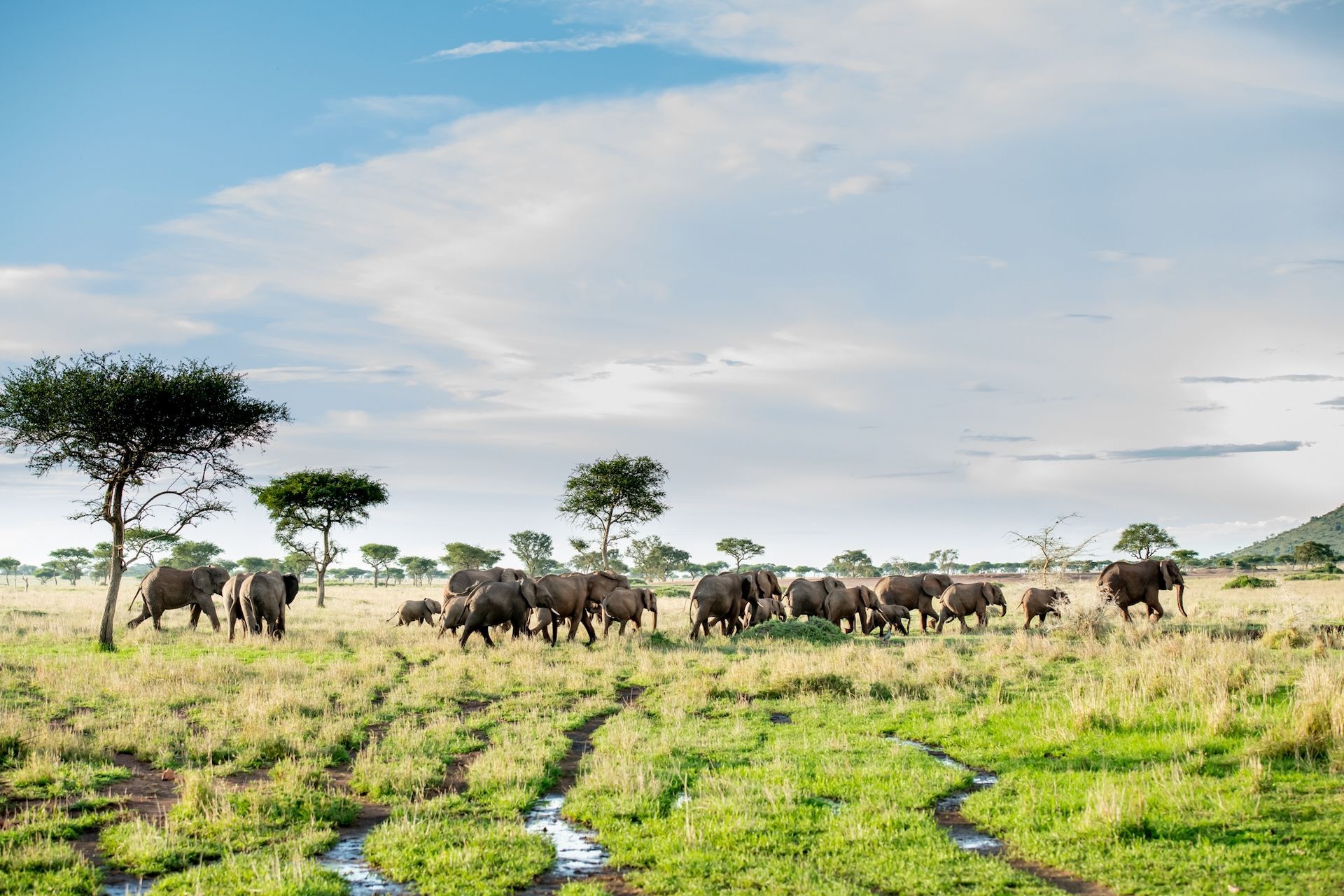
Slide title
Write your caption hereButton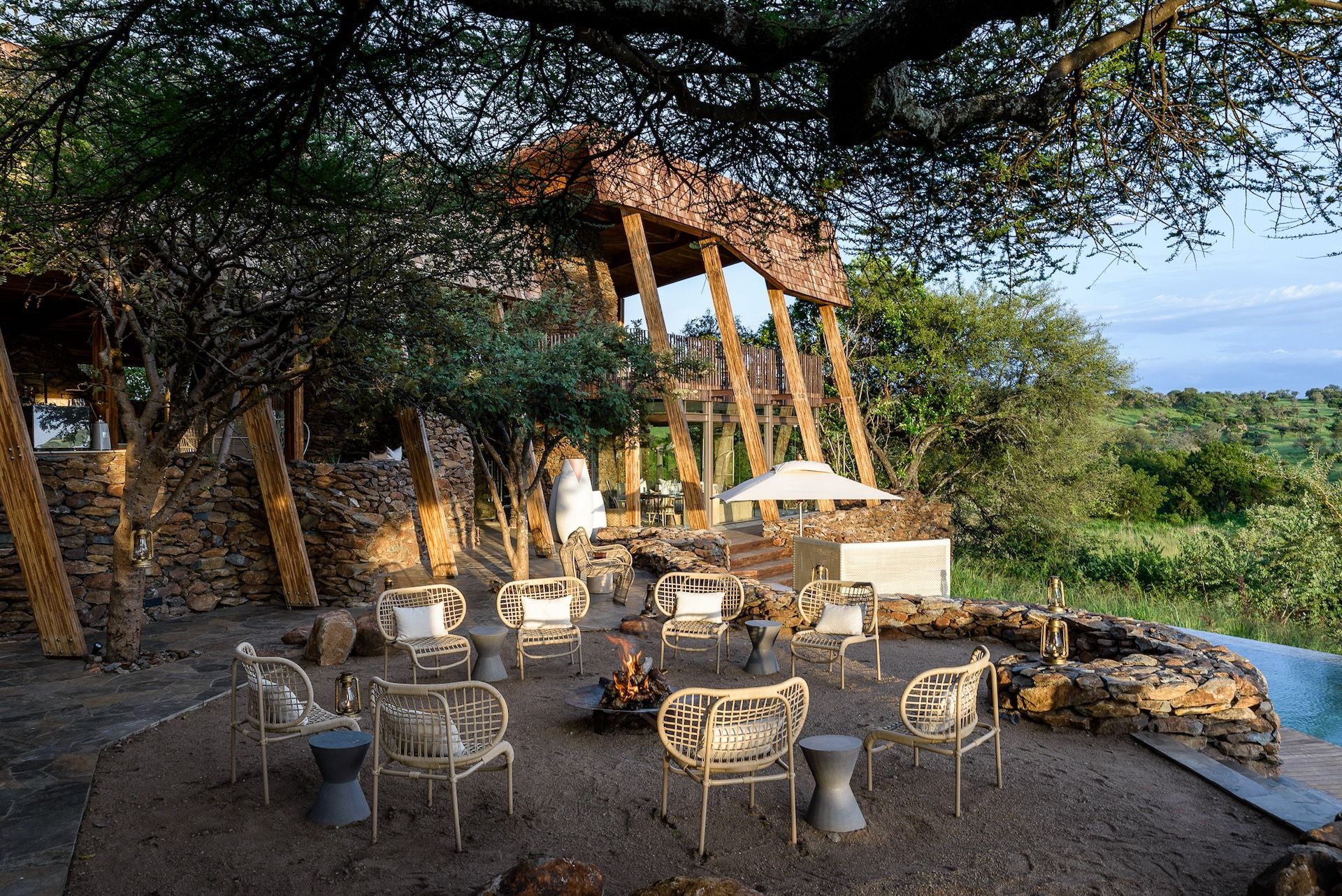
Slide title
Write your caption hereButton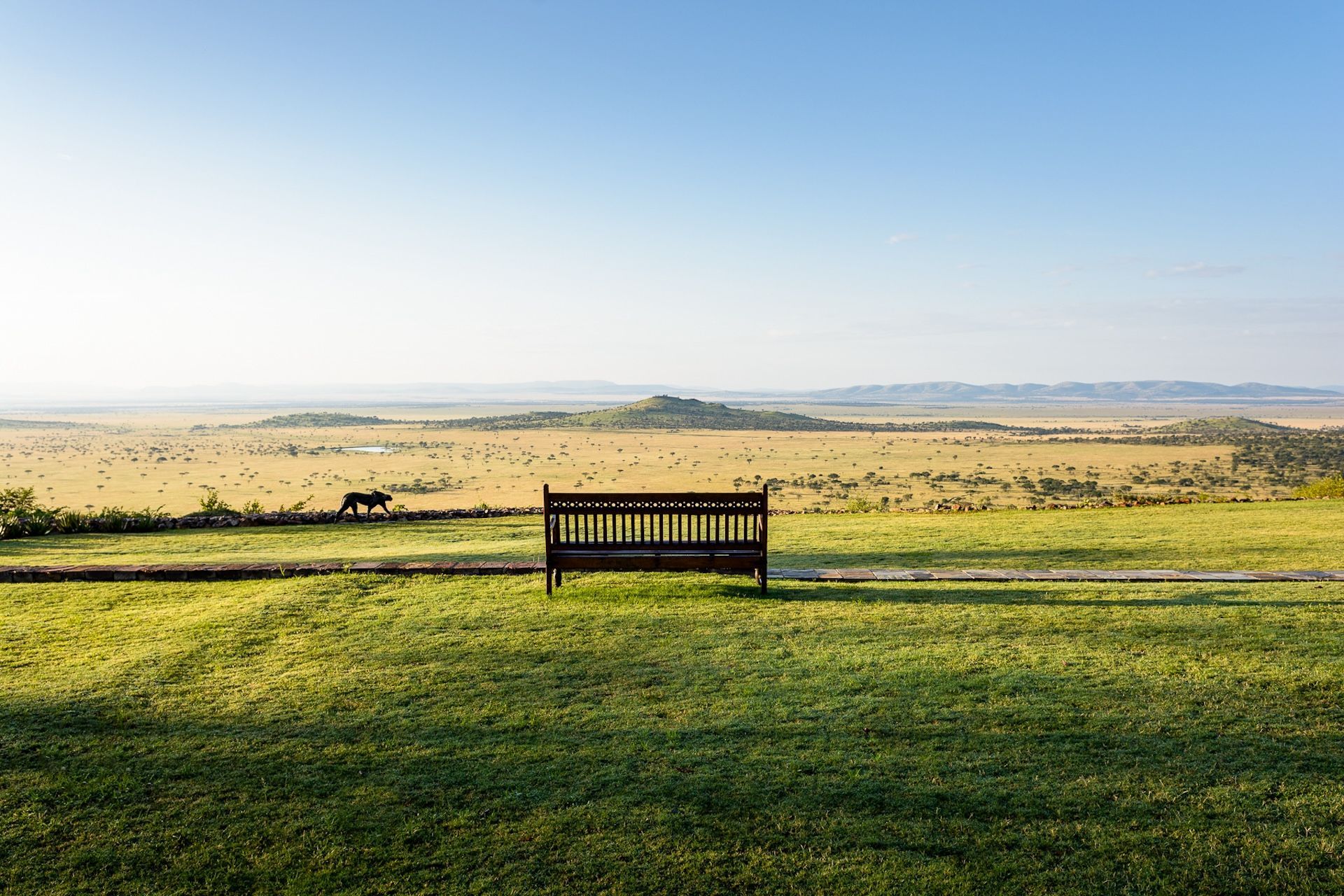
Slide title
Write your caption hereButton
Singita Grumeti Reserve, Tanzania
Stretching across 350,000 acres in the western Serengeti, the Singita Grumeti Reserve is a private conservation area that has set the gold standard for sustainable tourism. Neighbouring the Serengeti National Park, the reserve plays a vital role in safeguarding the Serengeti migration corridor, hosting millions of wildebeest, zebras, and antelopes during their annual trek. Singita’s establishment of the Grumeti Fund and anti-poaching efforts, coupled with community engagement programmes, have bolstered populations of elephants, lions, and critically endangered black rhinos. Luxurious lodges support the reserve’s conservation funding, demonstrating how high-end tourism can drive positive ecological outcomes.
Where to stay: Faru Faru Lodge, Sabora Tented Camp, Sasakwa Lodge, Milele, Kilima, Serengeti House or Explore - an exclusive use mobile camp.
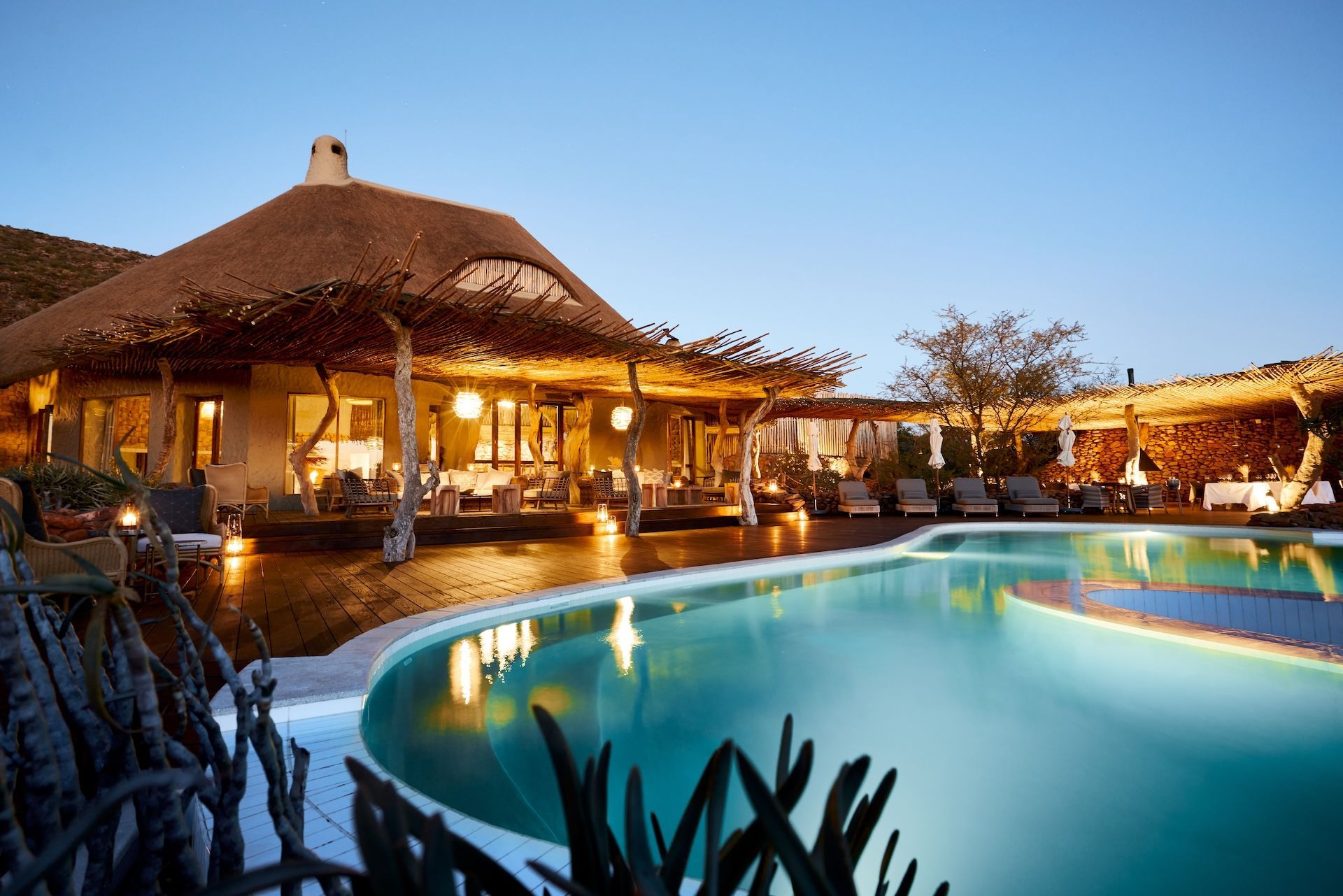
Slide title
Write your caption hereButton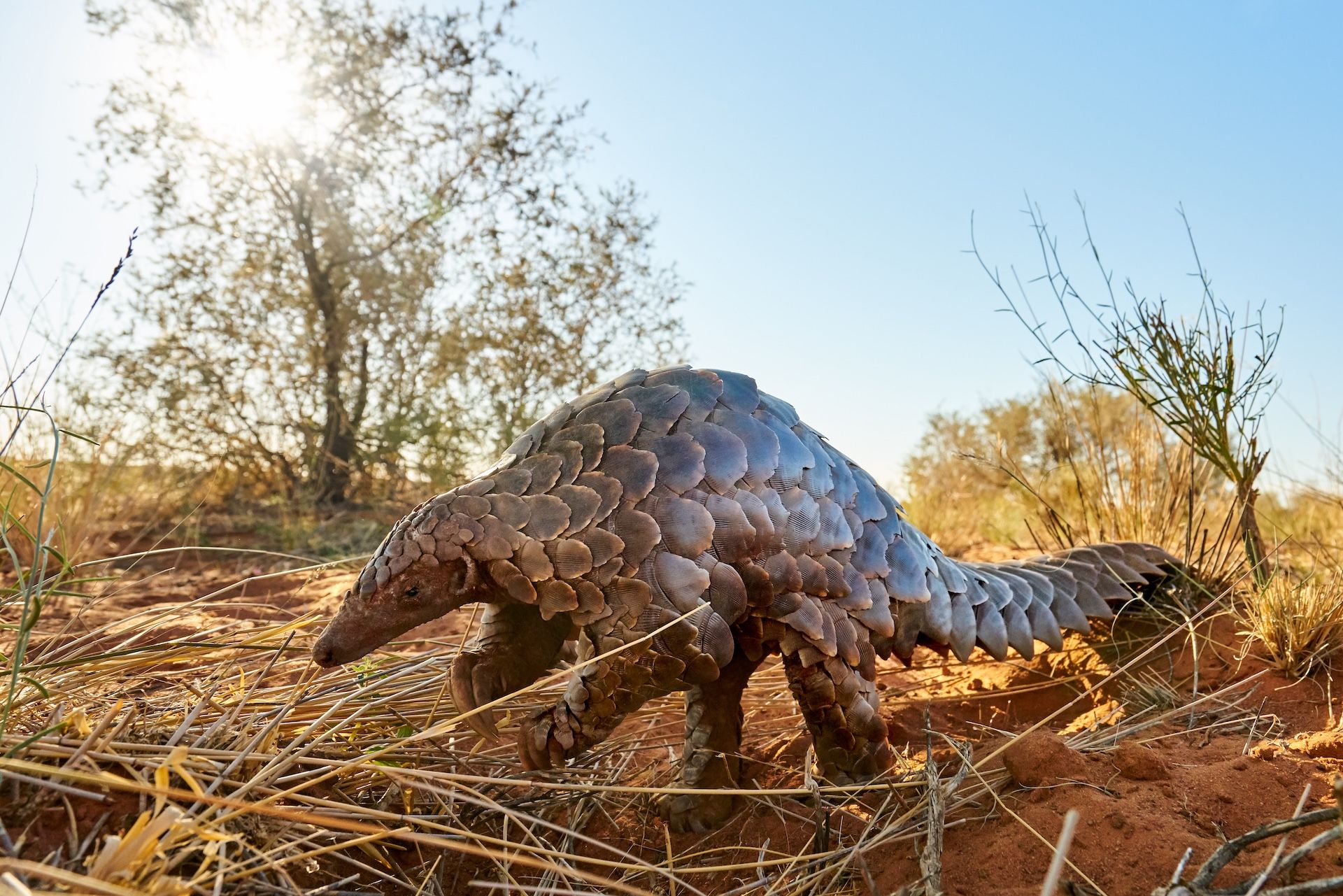
Slide title
Write your caption hereButton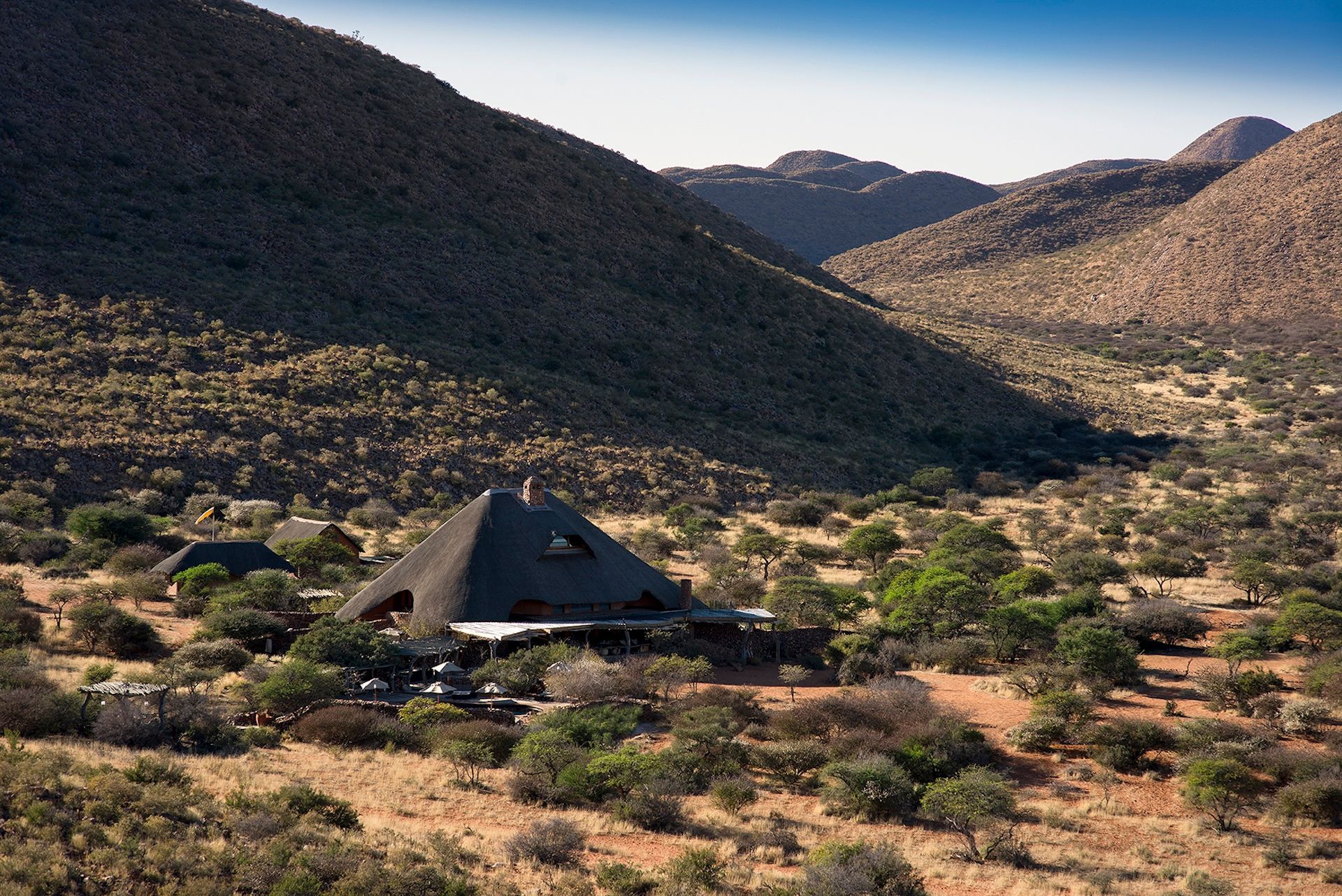
Slide title
Write your caption hereButton
Slide title
Write your caption hereButton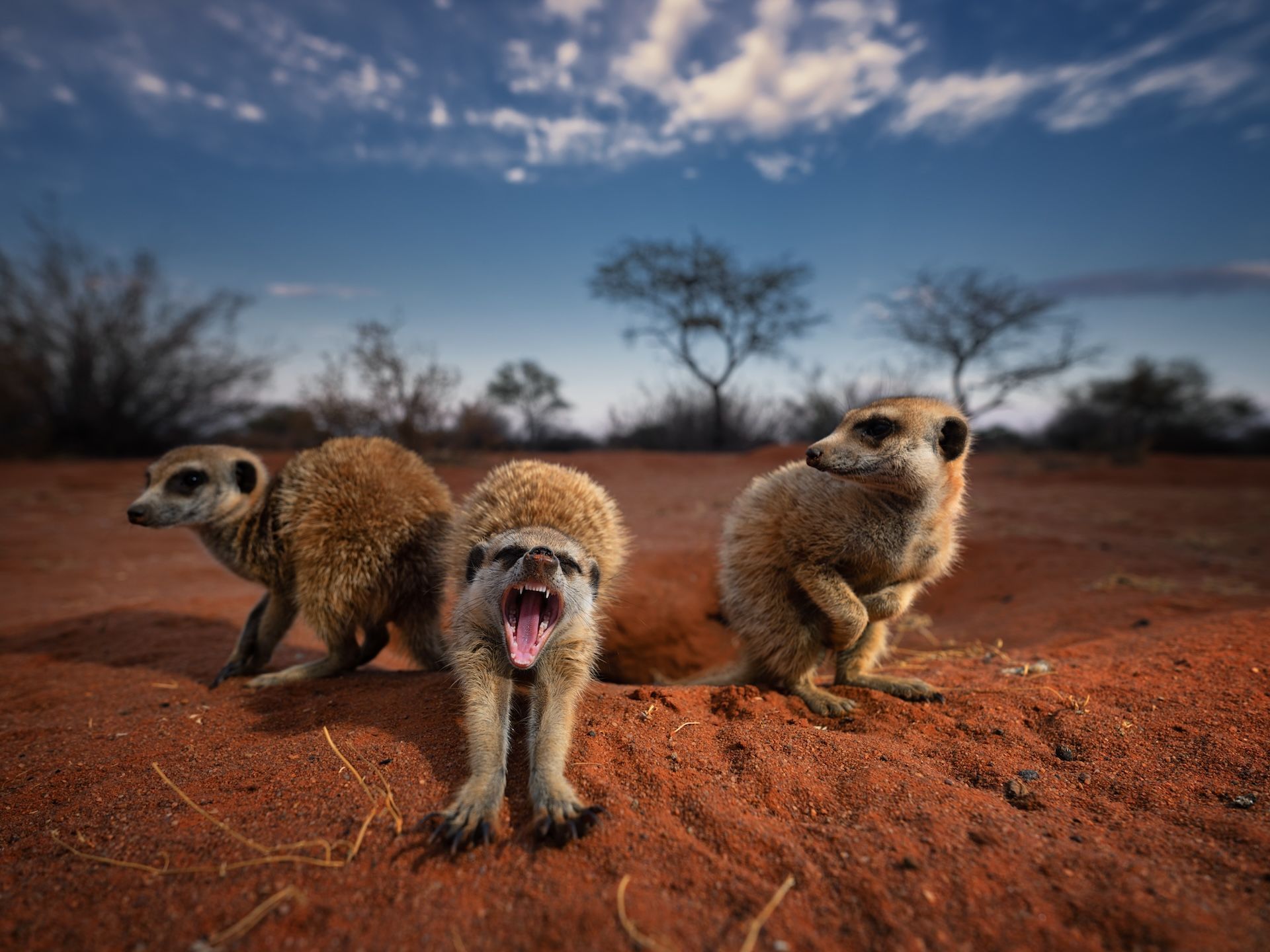
Slide title
Write your caption hereButton
Tswalu Kalahari, South Africa
South Africa’s largest private reserve, Tswalu Kalahari, exemplifies the concept of rewilding on a grand scale. Spanning over 114,000 hectares of arid savannah, Tswalu is dedicated to restoring the Kalahari ecosystem. Iconic species such as black-maned lions, pangolins, and aardvarks thrive in this protected landscape. Conservation at Tswalu prioritises research, with scientists studying everything from desert-adapted predators to rare plant species. The reserve’s low-impact tourism model ensures the preservation of its fragile environment while offering visitors a rare glimpse into the enigmatic beauty of the Kalahari.
Where to stay: The Motse, a family-friendly lodge with nine guest suites; Tarkuni - an exclusive-use homestead with five suites or Loapi - a collection of six private safari residences under canvas.
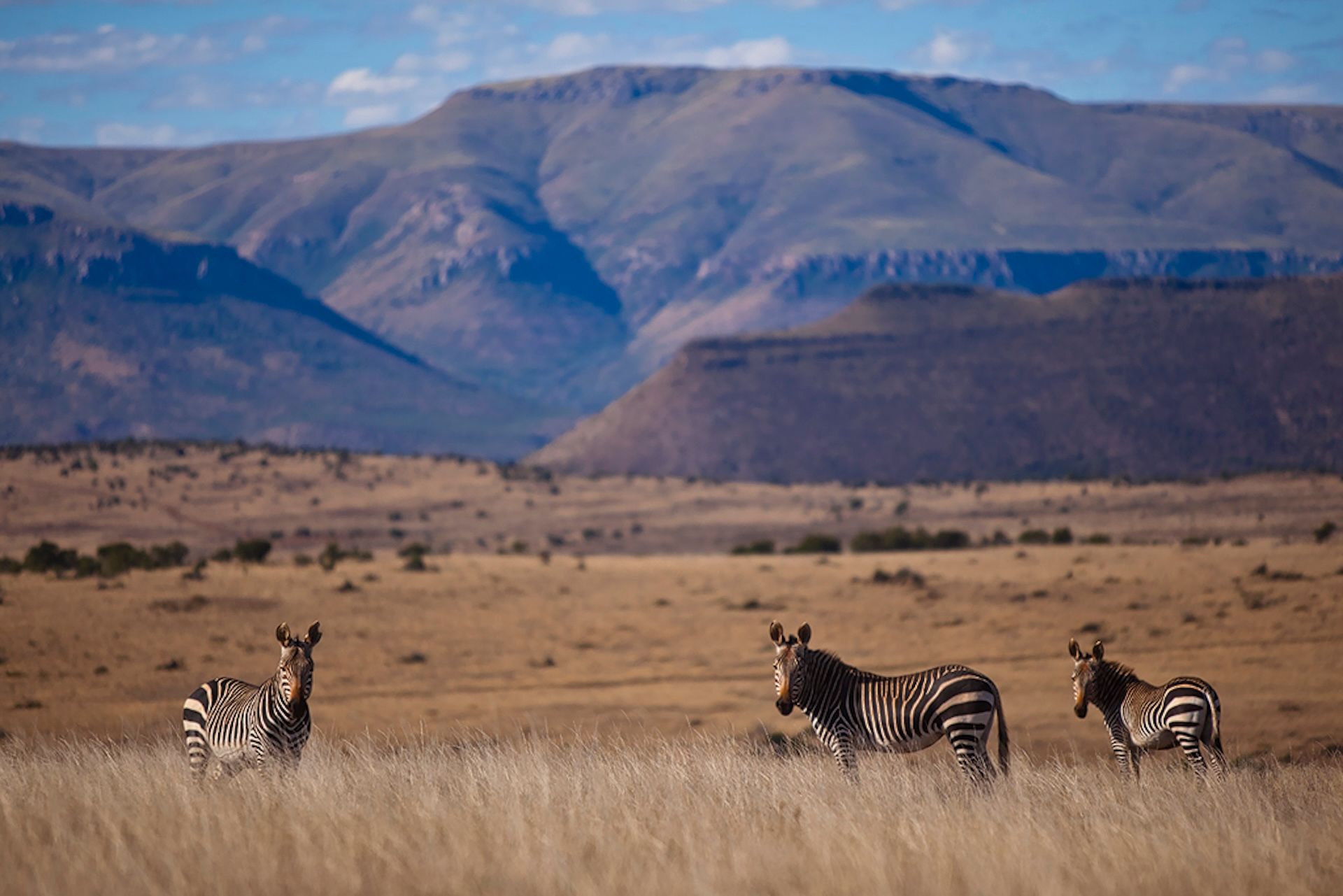
Slide title
Write your caption hereButton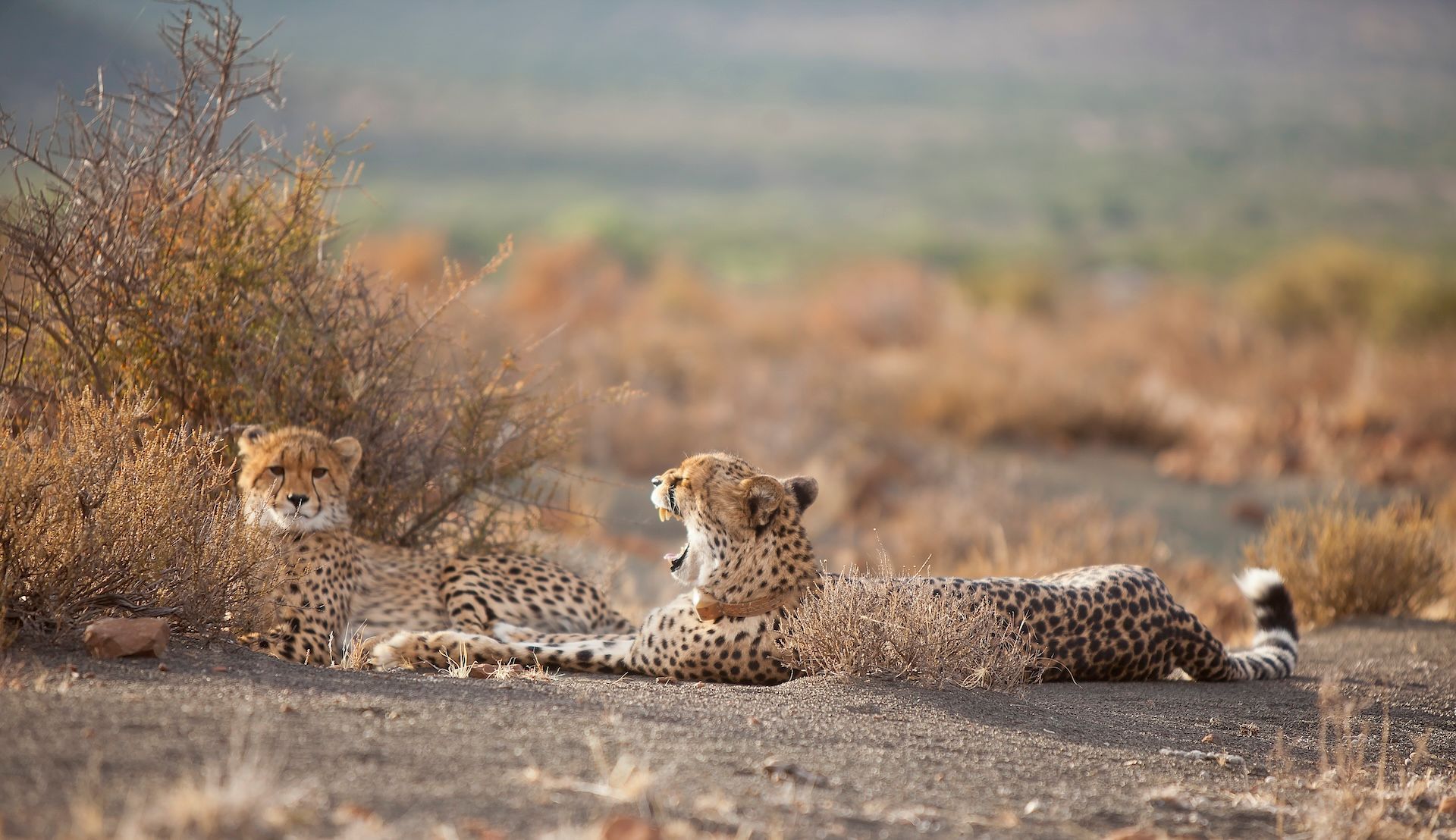
Slide title
Write your caption hereButton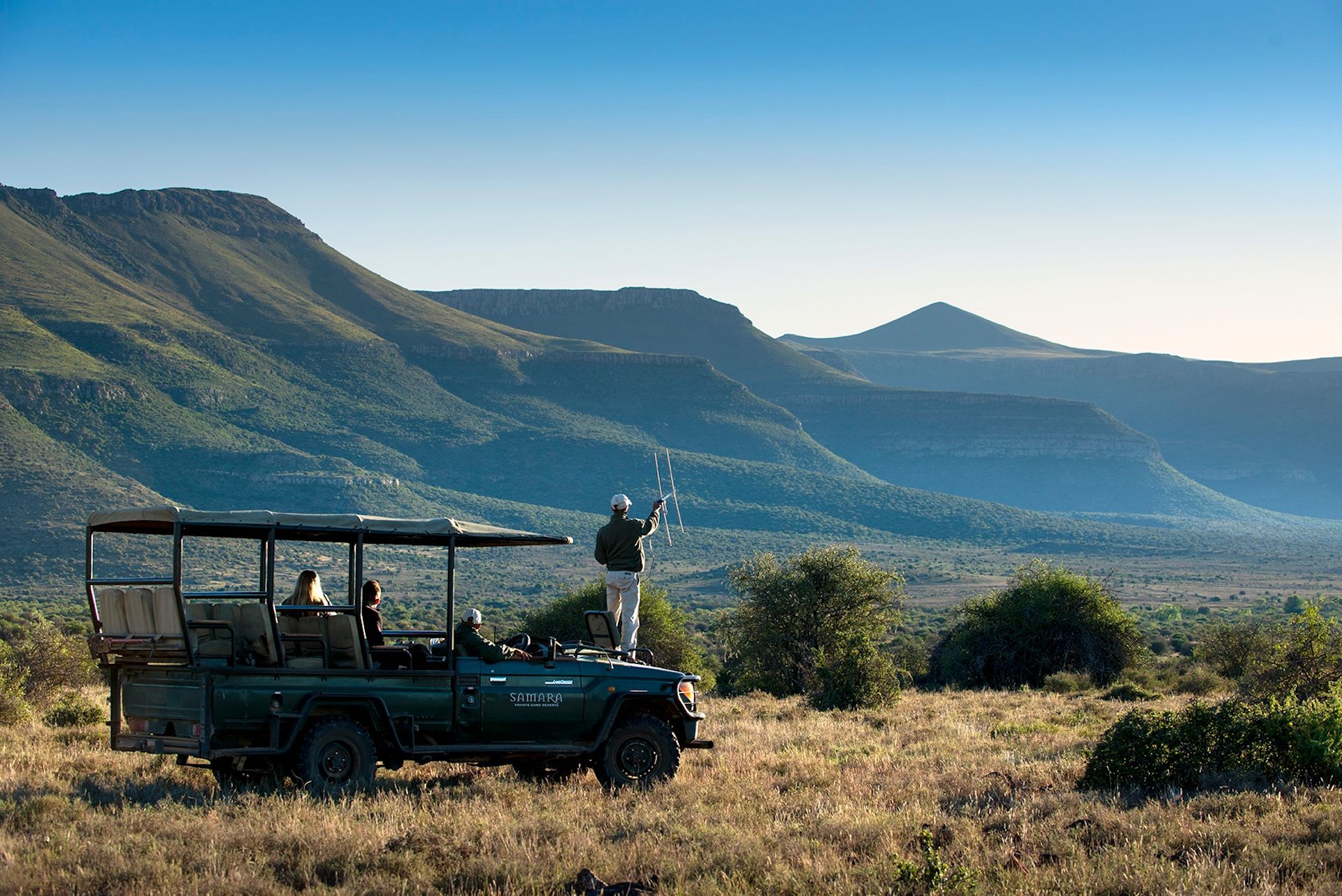
Slide title
Write your caption hereButton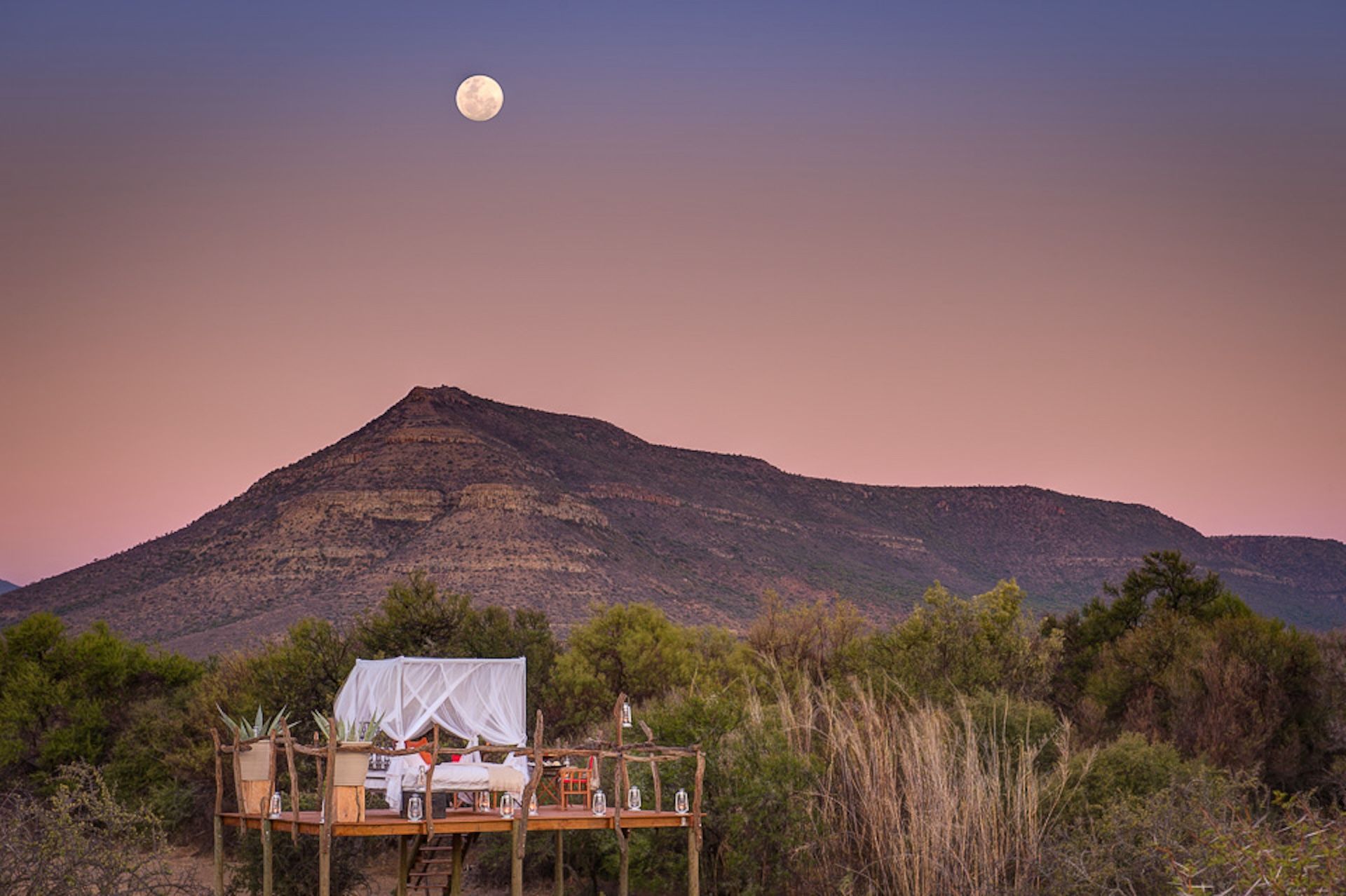
Slide title
Write your caption hereButton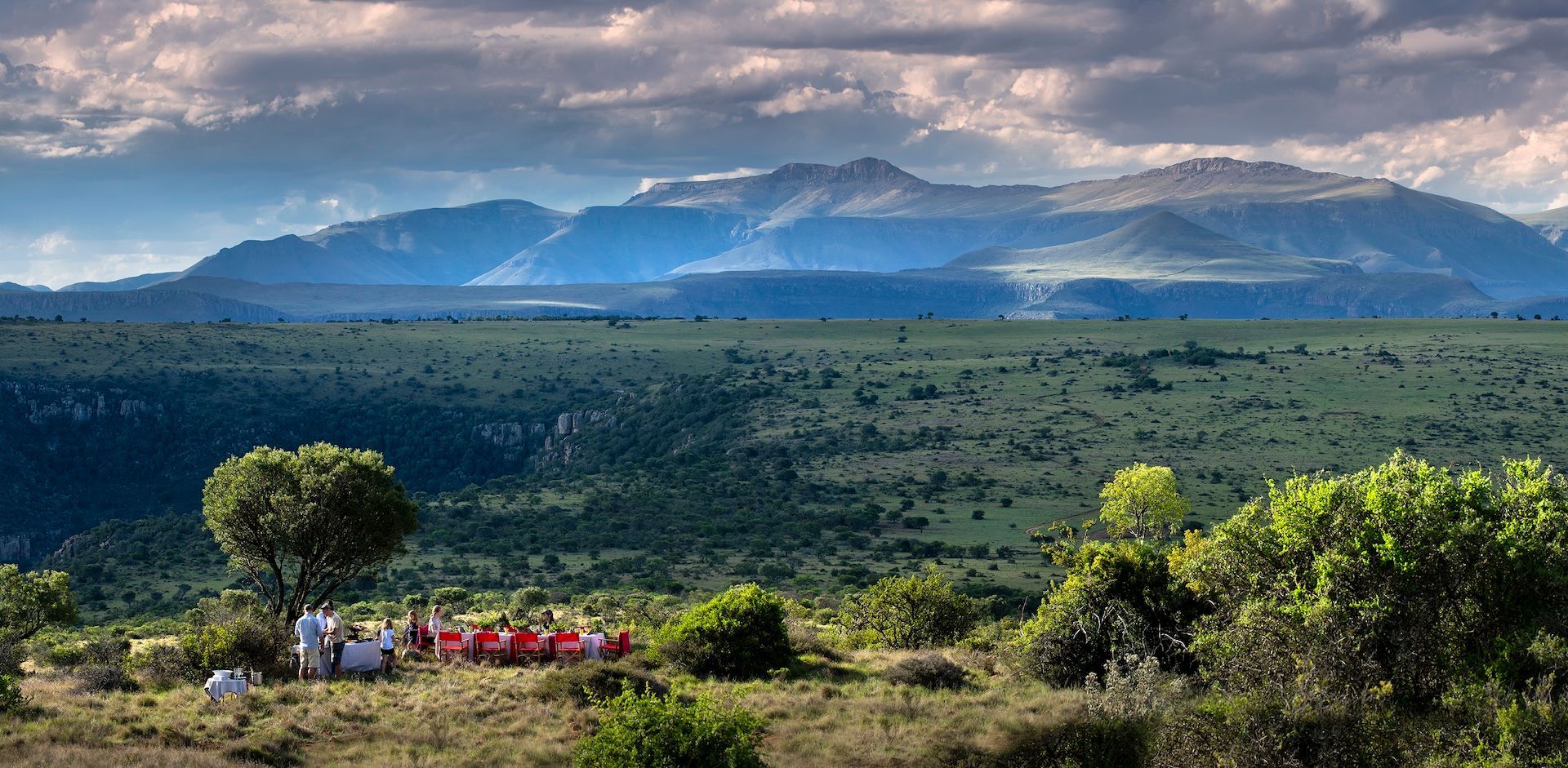
Slide title
Write your caption hereButton
Samara Karoo Reserve, South Africa
In the heart of the Great Karoo lies Samara Karoo Reserve, a trailblazer in restoring South Africa’s semi-arid landscapes. The 27,000 hectare reserve has reintroduced cheetahs, Cape mountain zebras, and black rhinos, along with smaller species like aardwolves and bat-eared foxes. Samara’s ongoing efforts include plans to establish a 1.3-million-hectare conservation area, reconnecting fragmented habitats and creating a corridor for species migration. Beyond wildlife, Samara engages in carbon sequestration initiatives, highlighting the role of rewilding in mitigating climate change.
Where to stay: Karoo Lodge, with its stunning setting encircled by a natural amphitheatre of mountains or The Manor - an elegant contemporary villa in the middle of the reserve.
Text: Sharon Gilbert-Rivett
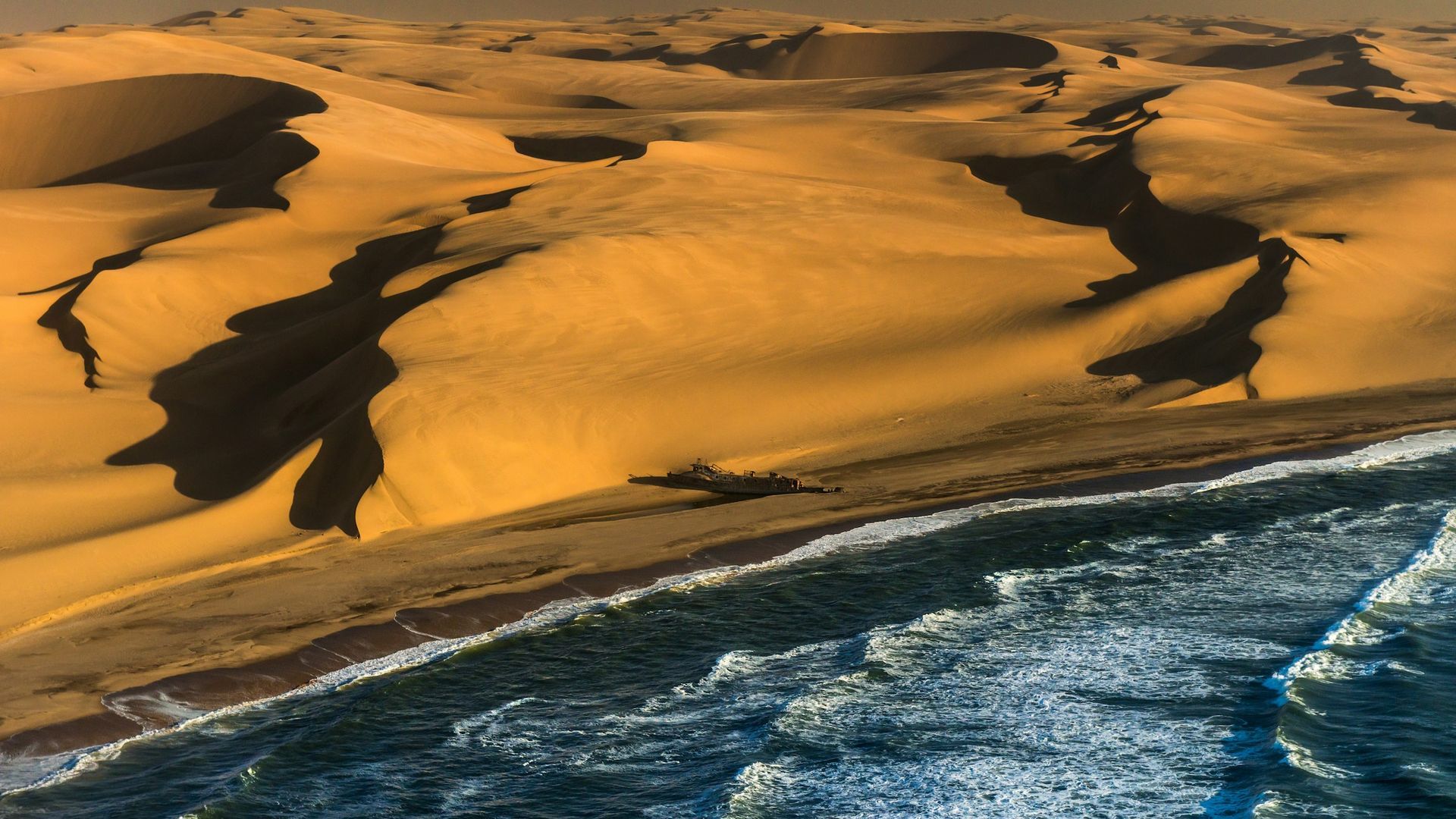
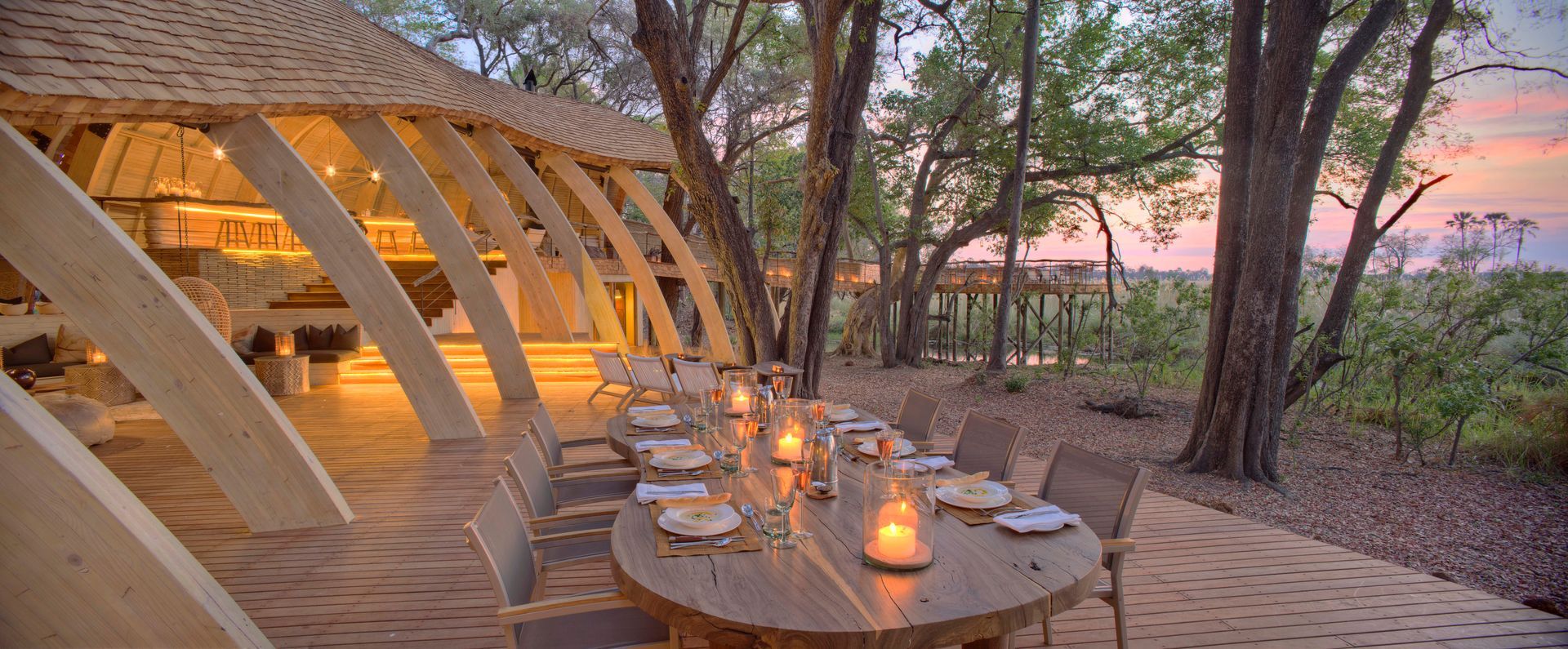
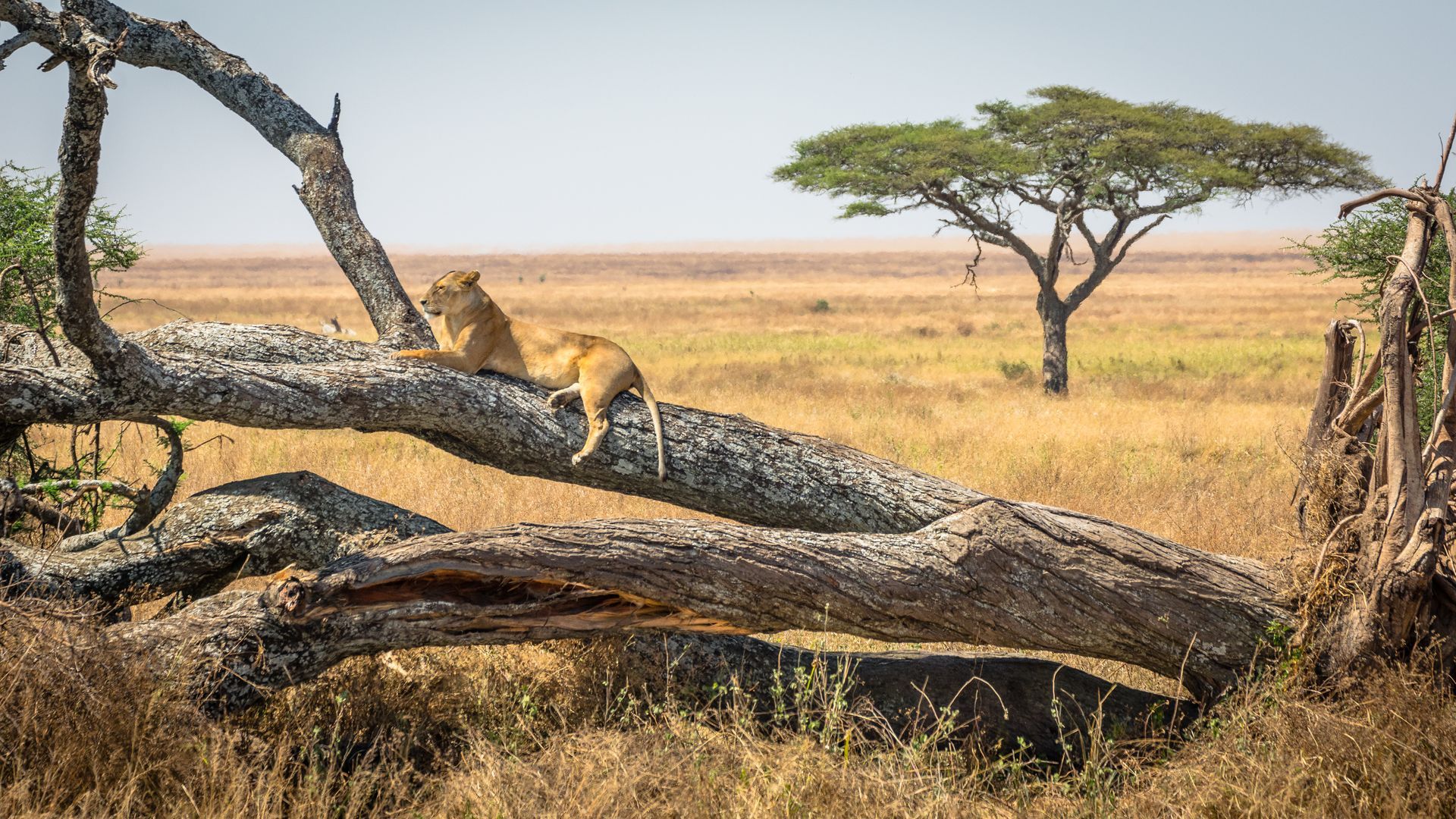
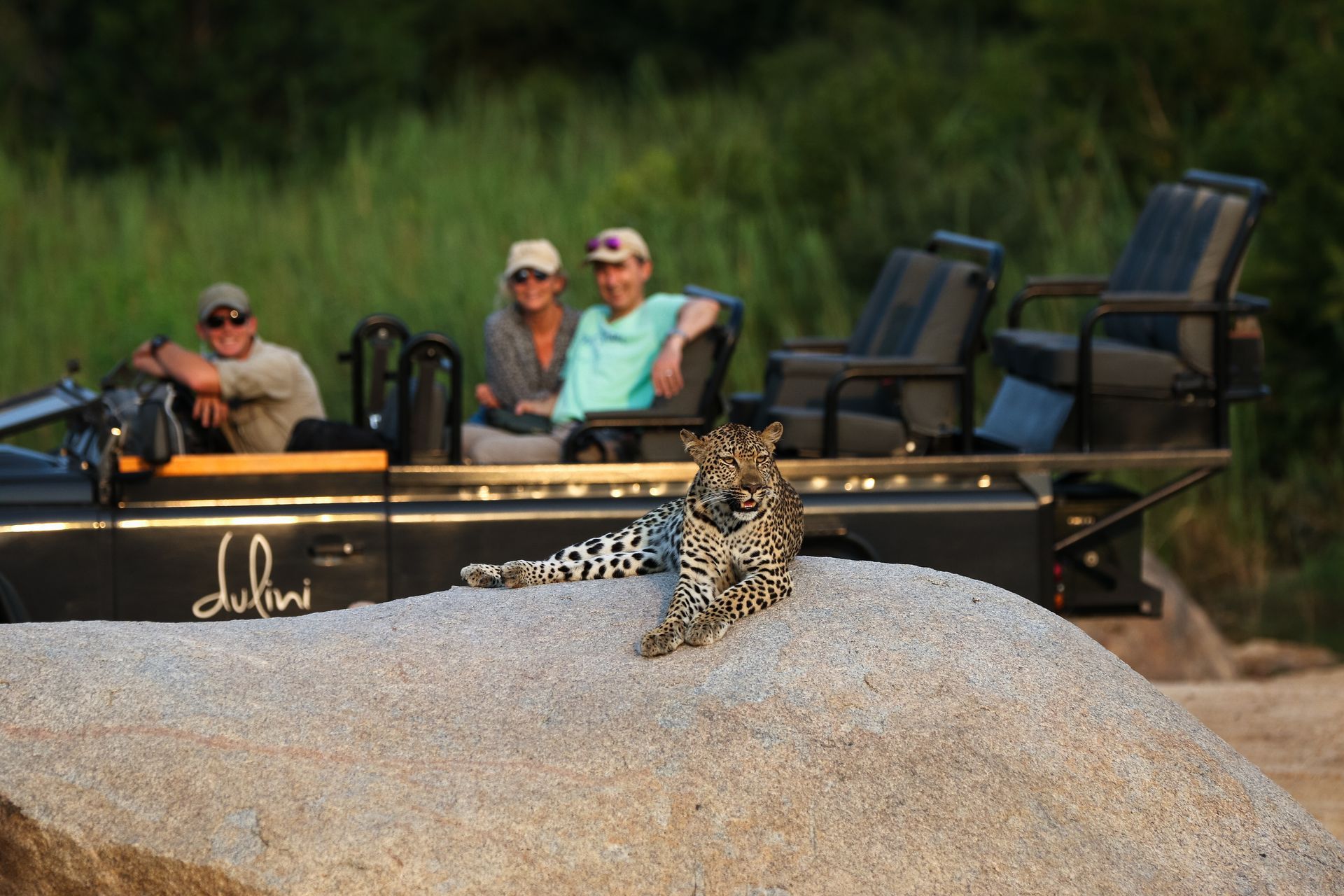
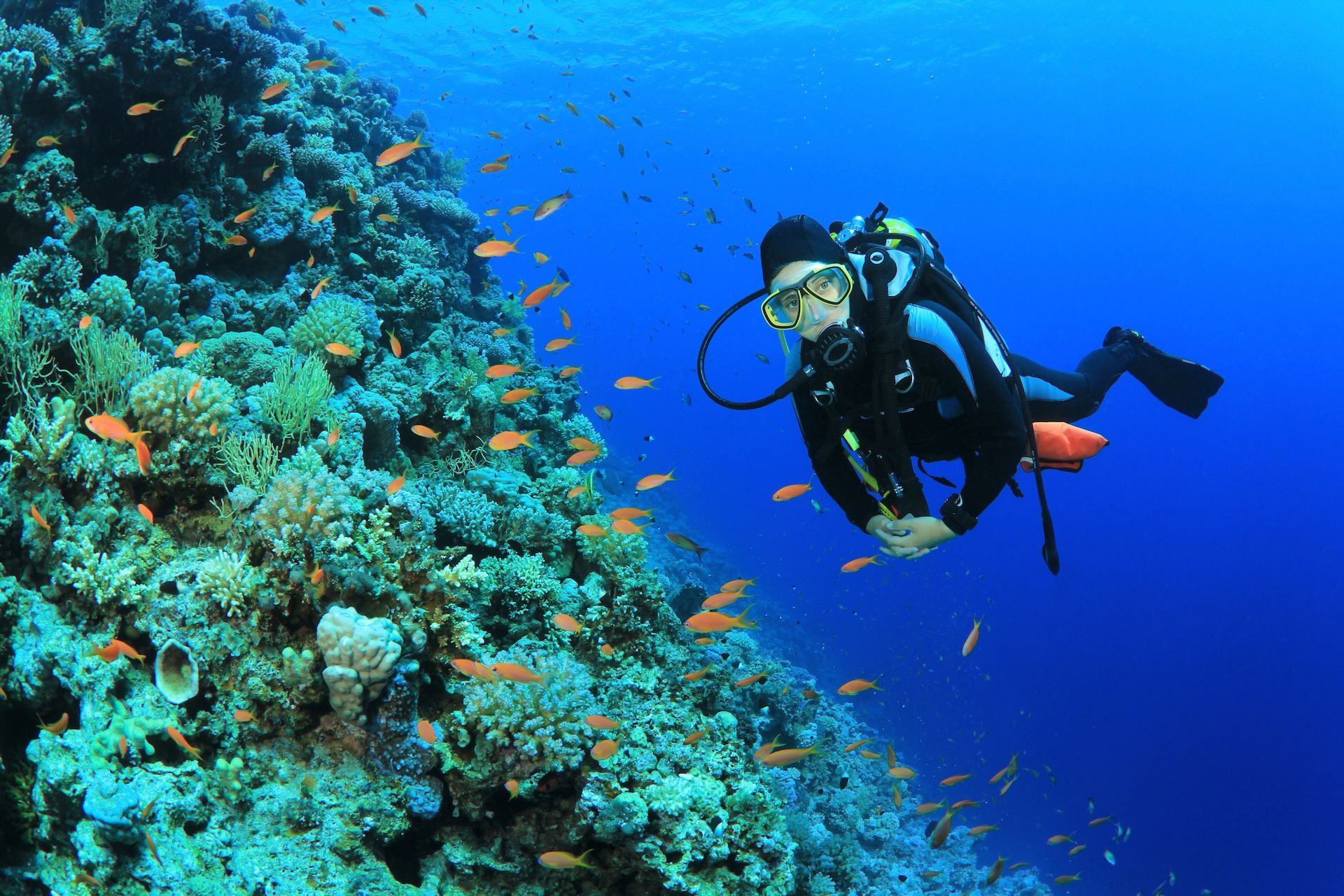
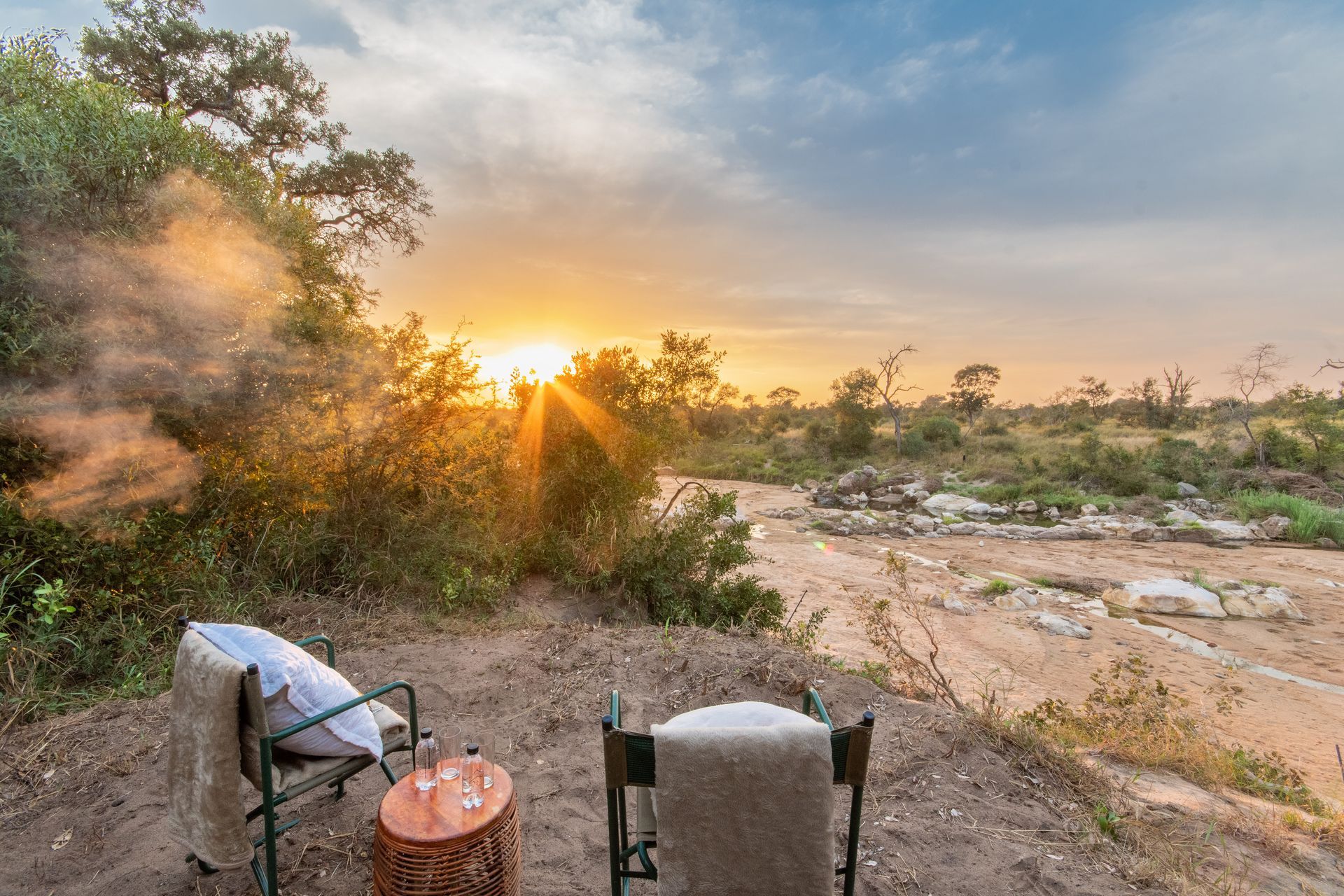
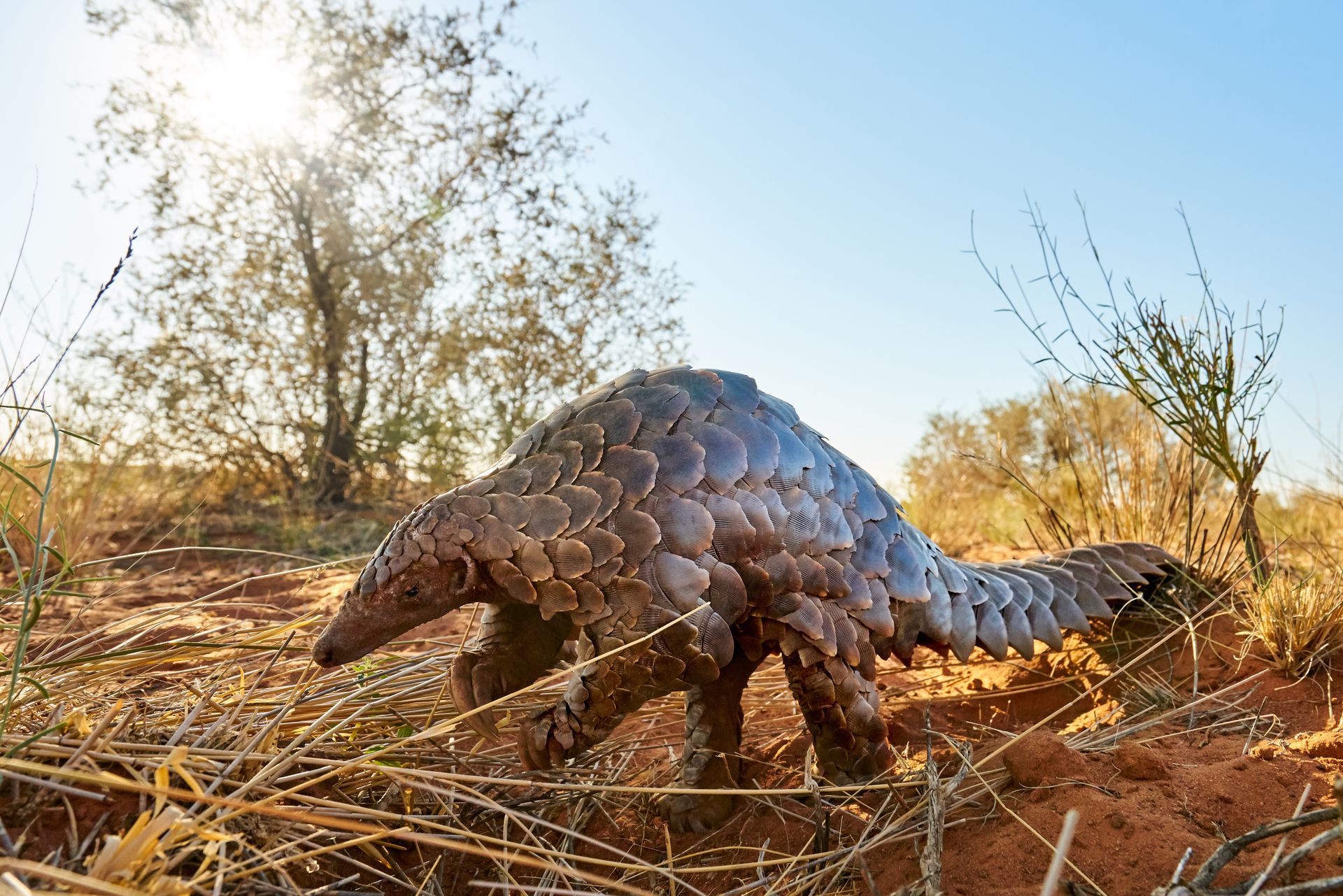
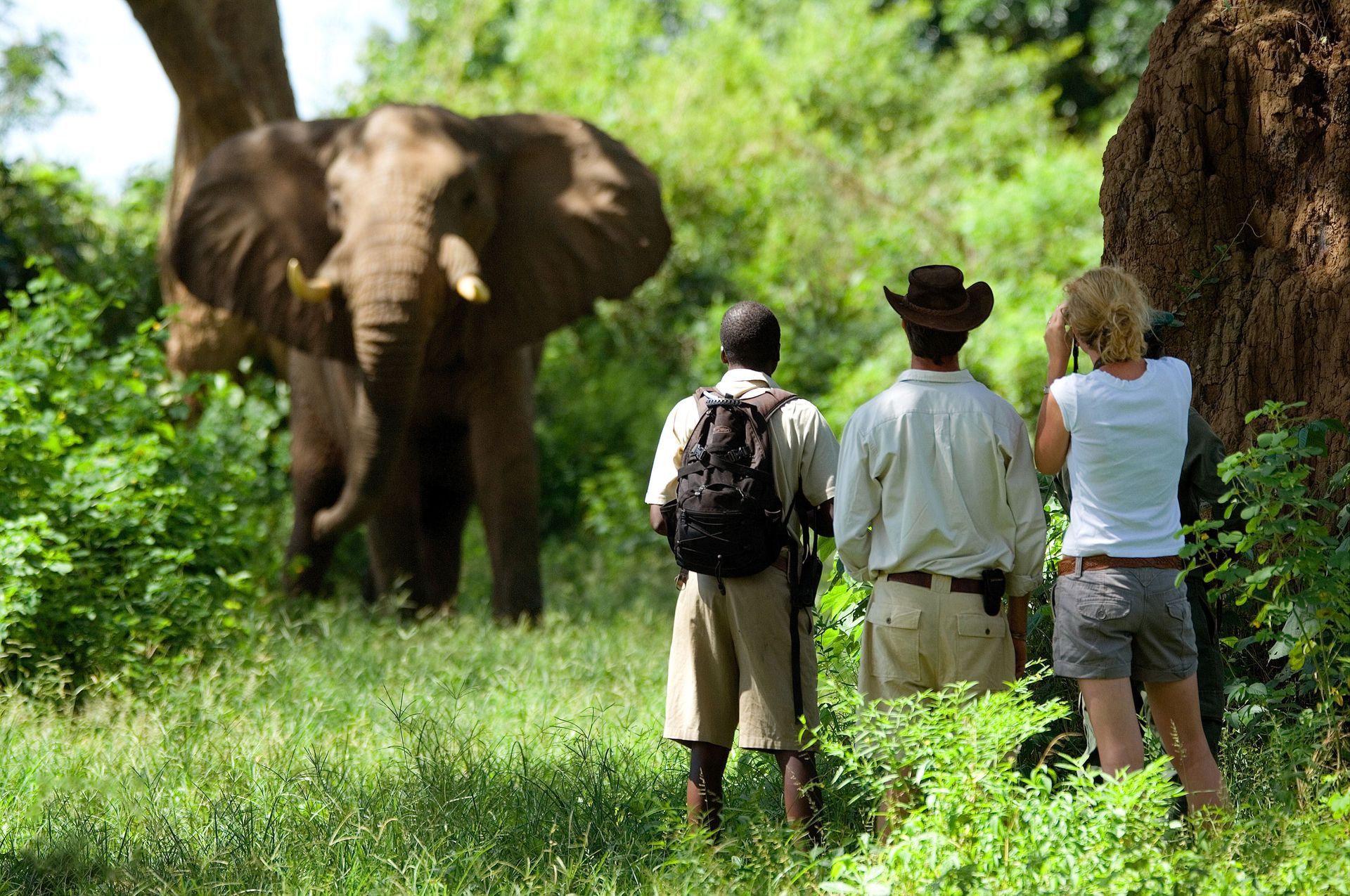
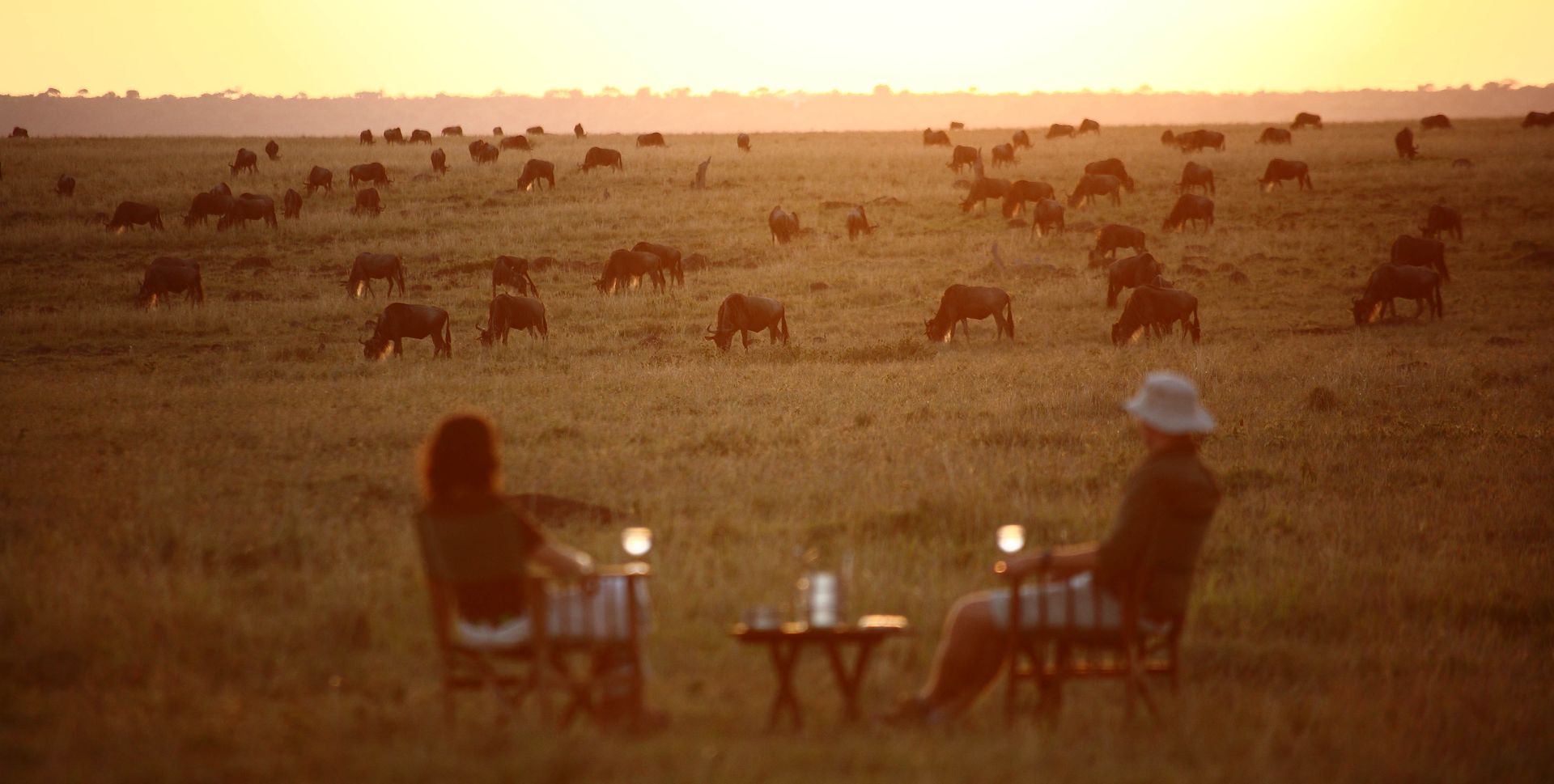
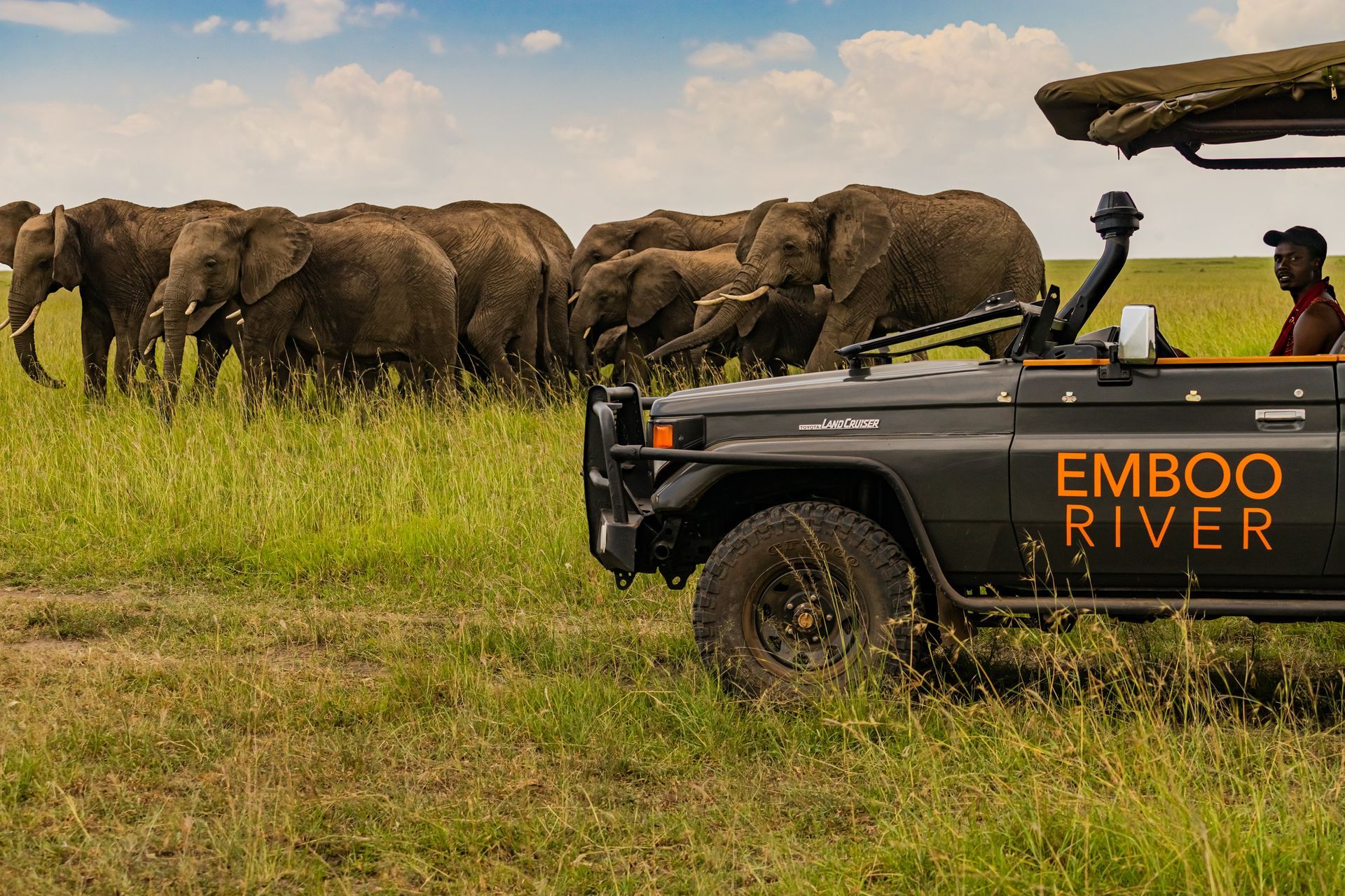
Designed & powered by: The Safari Collective
All Rights Reserved | Zafaris
All Rights Reserved | Zafaris
Designed & powered by:
